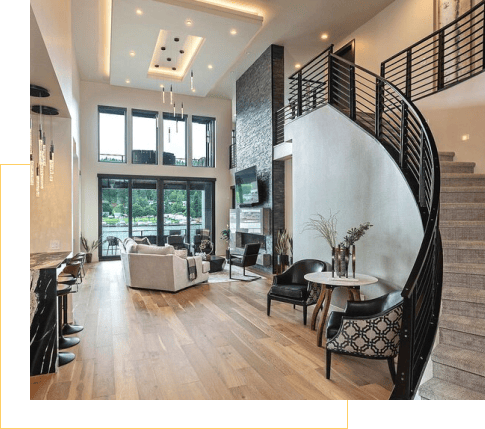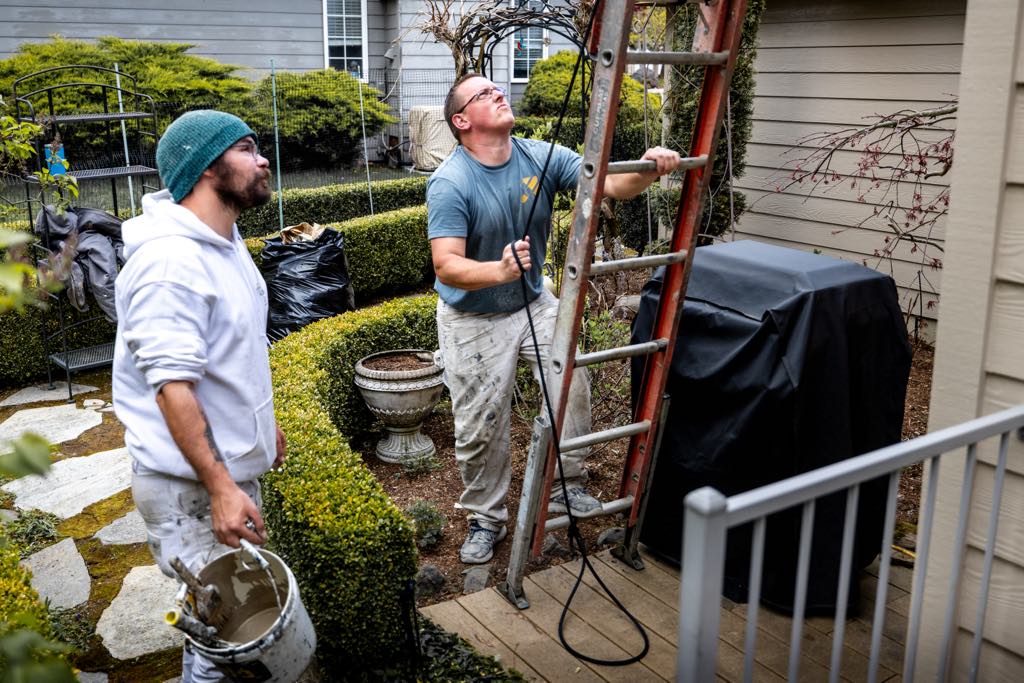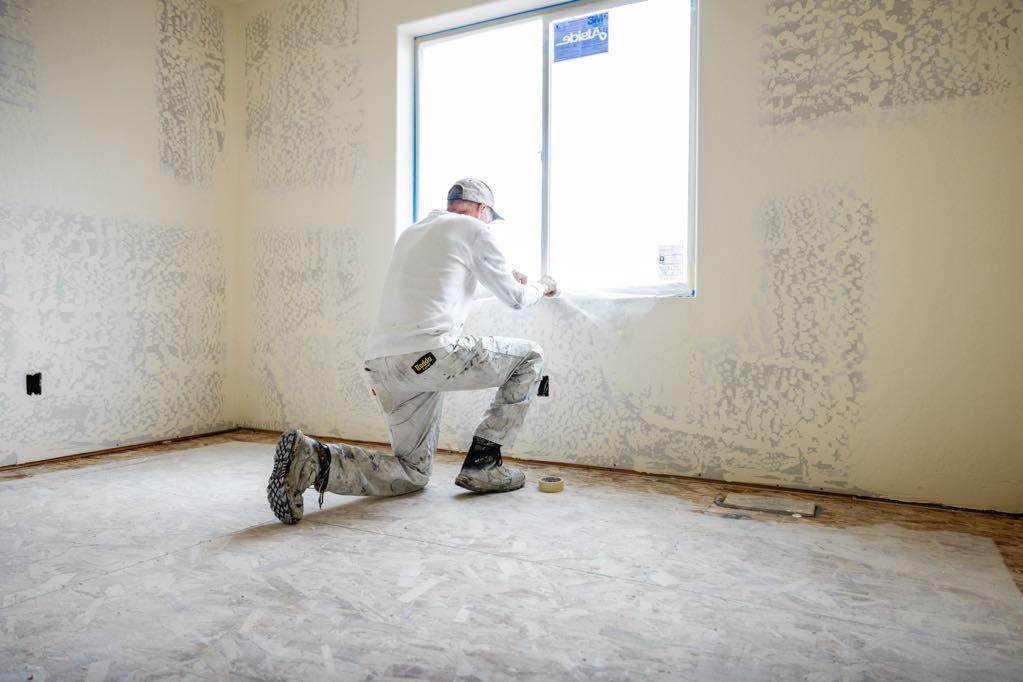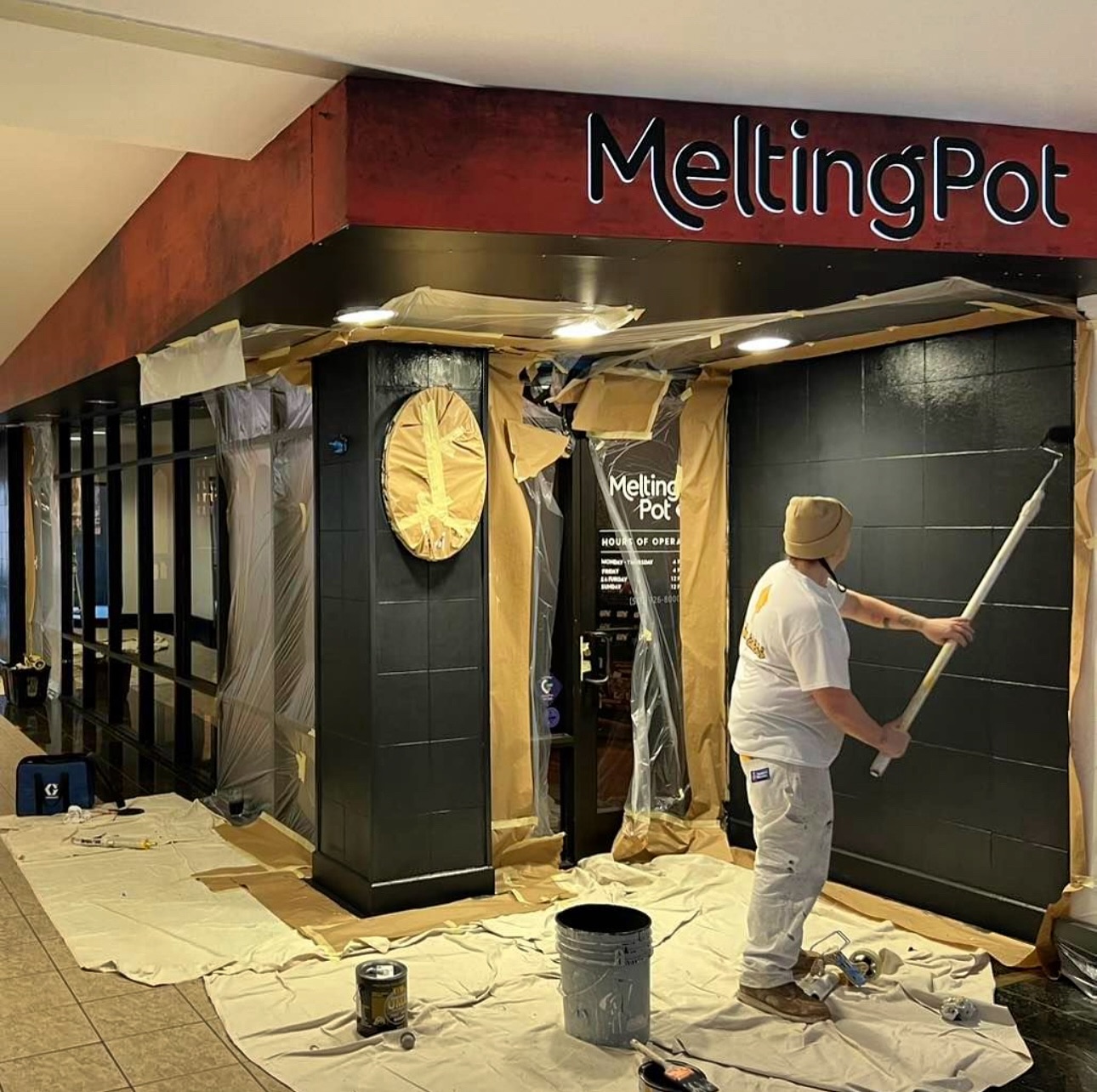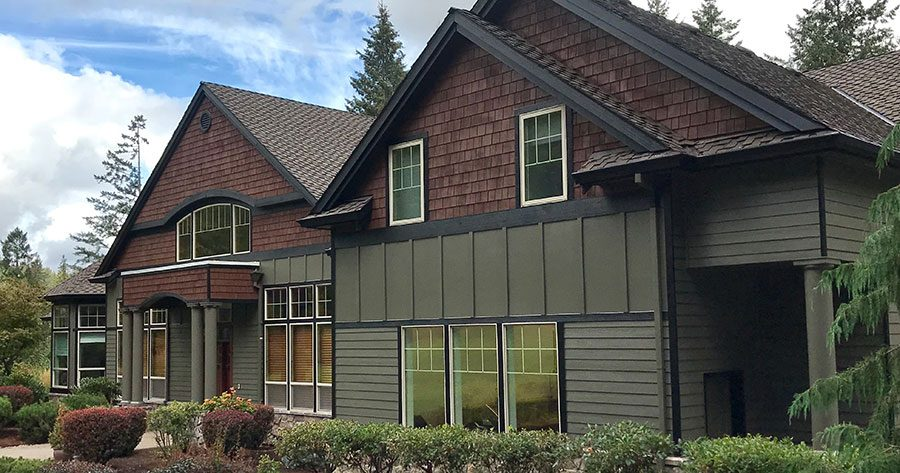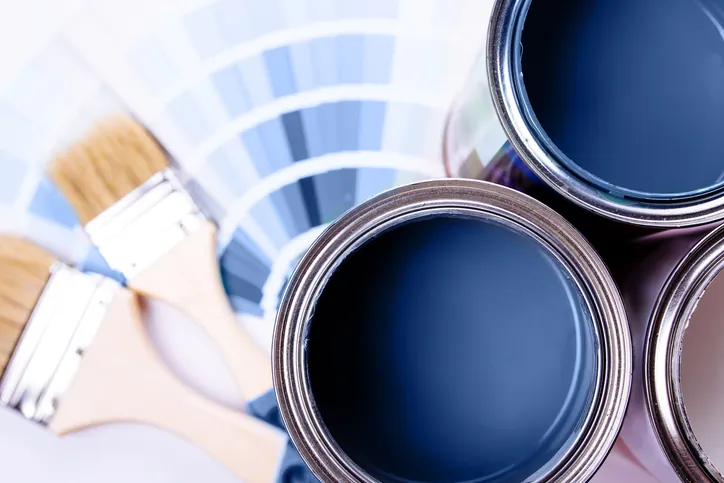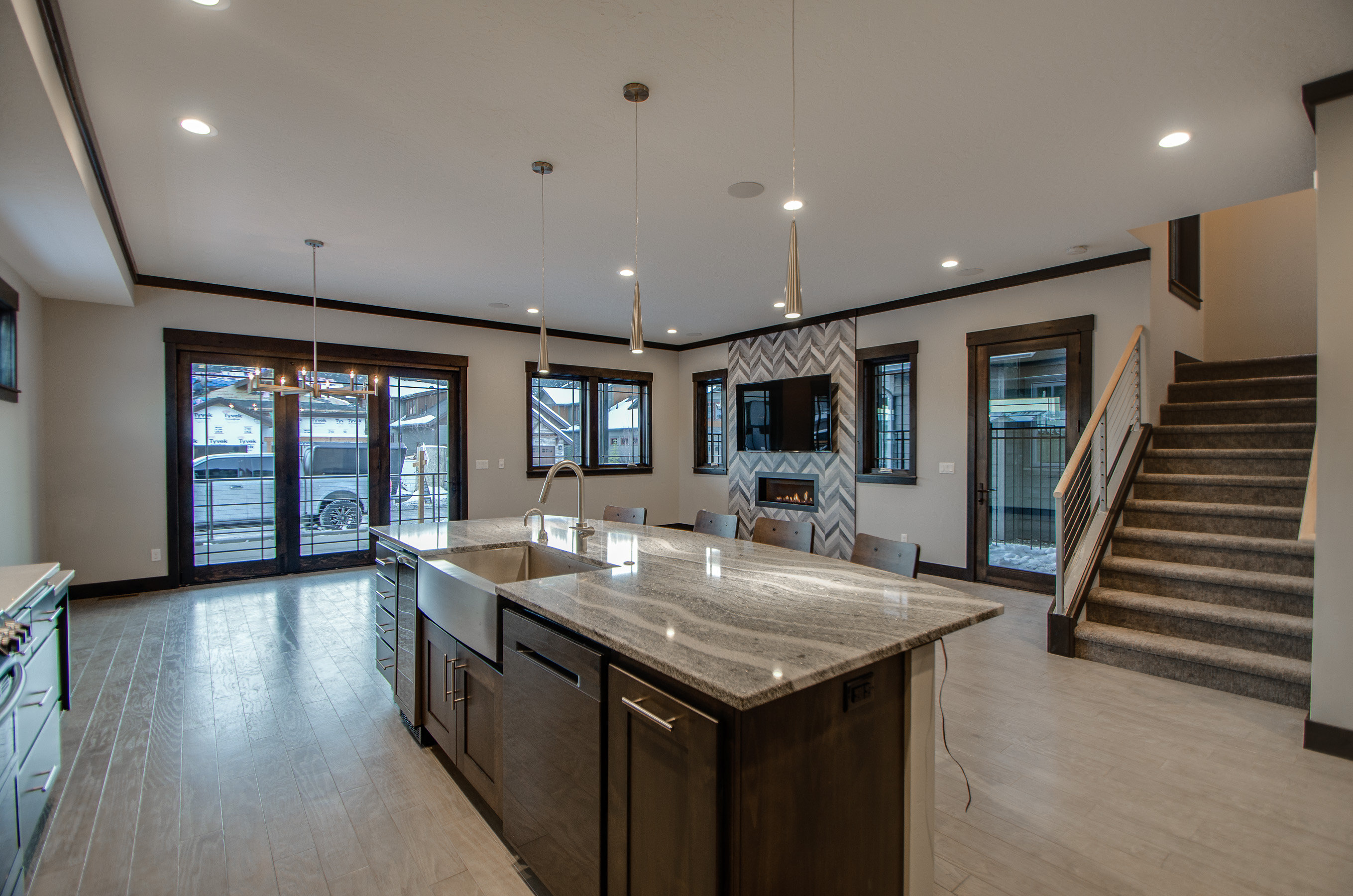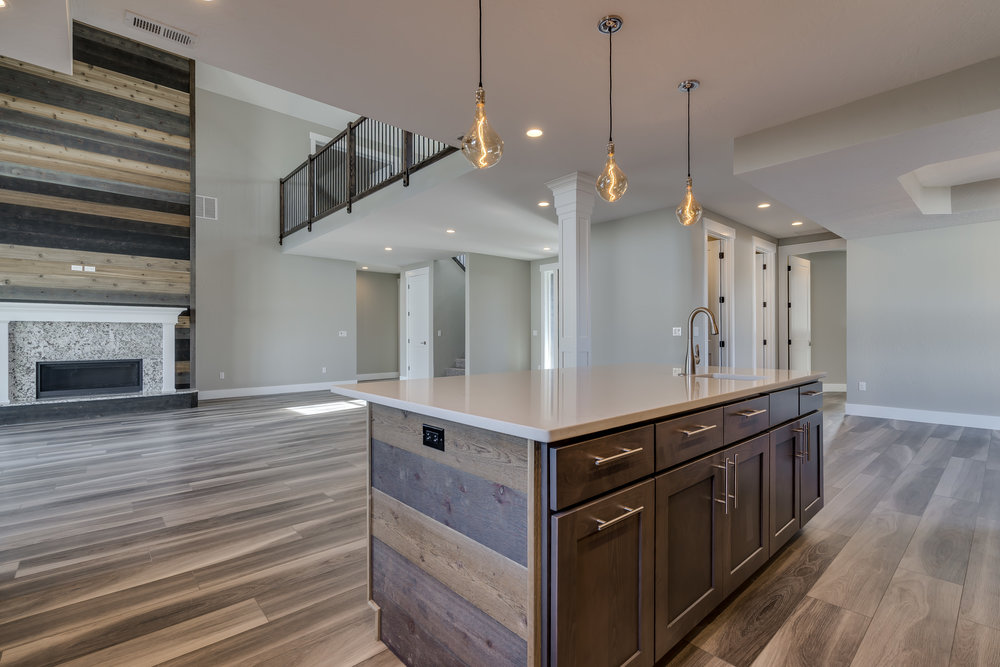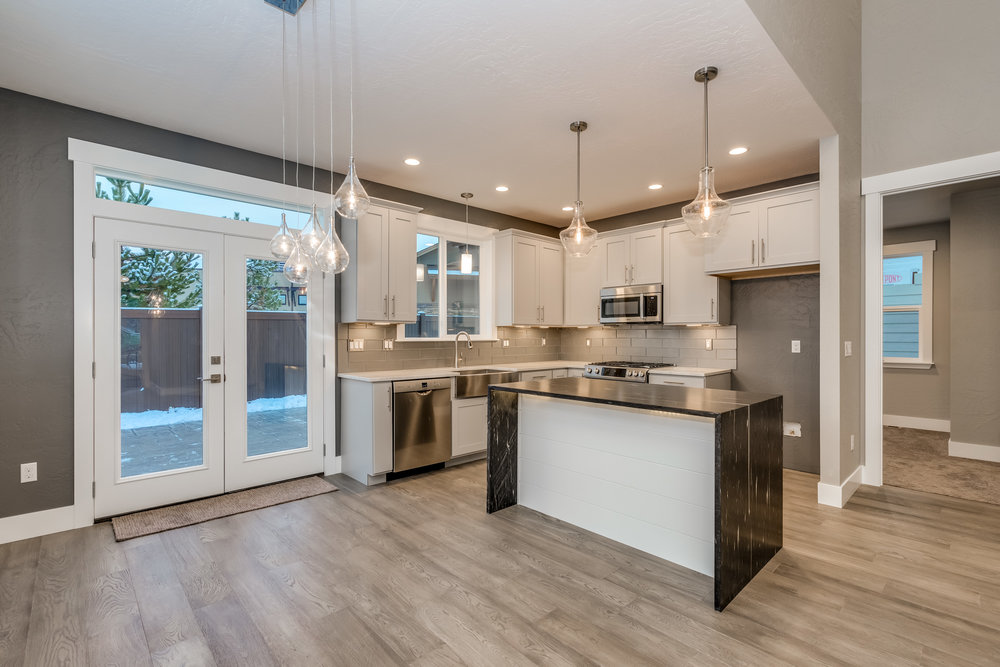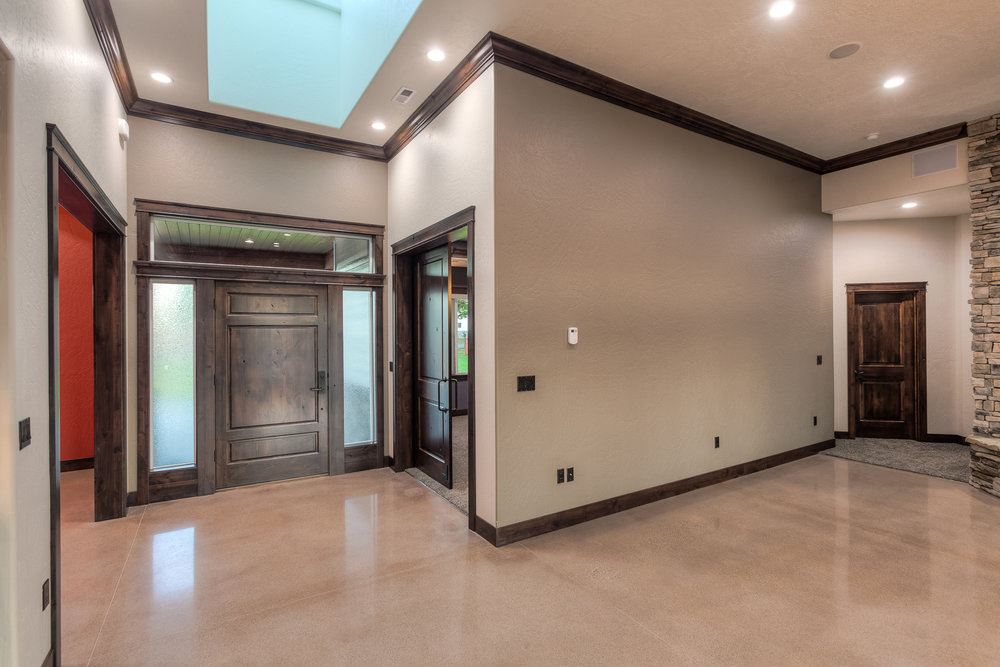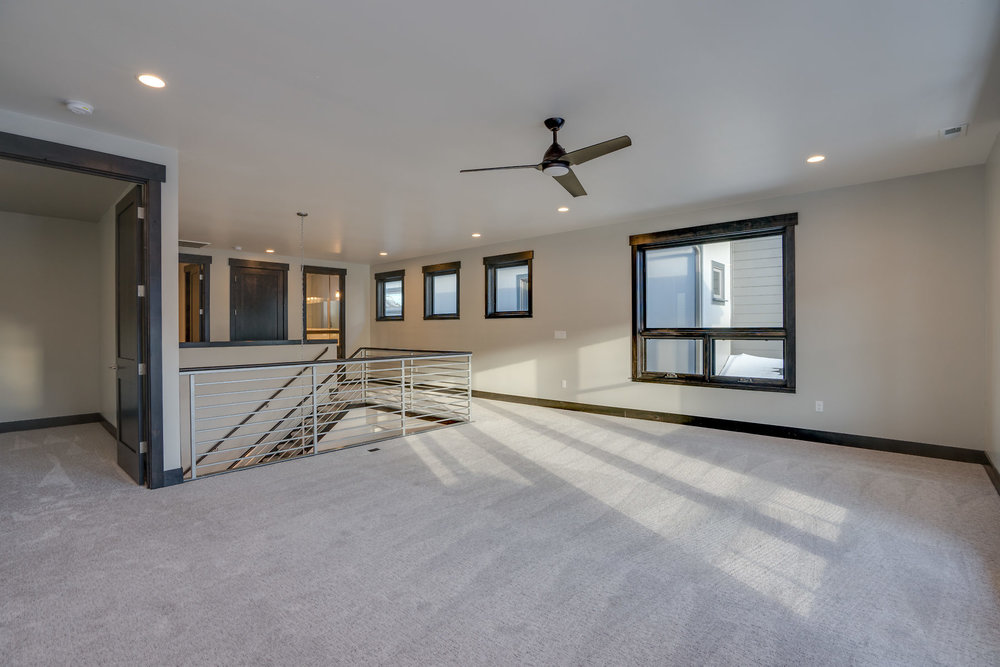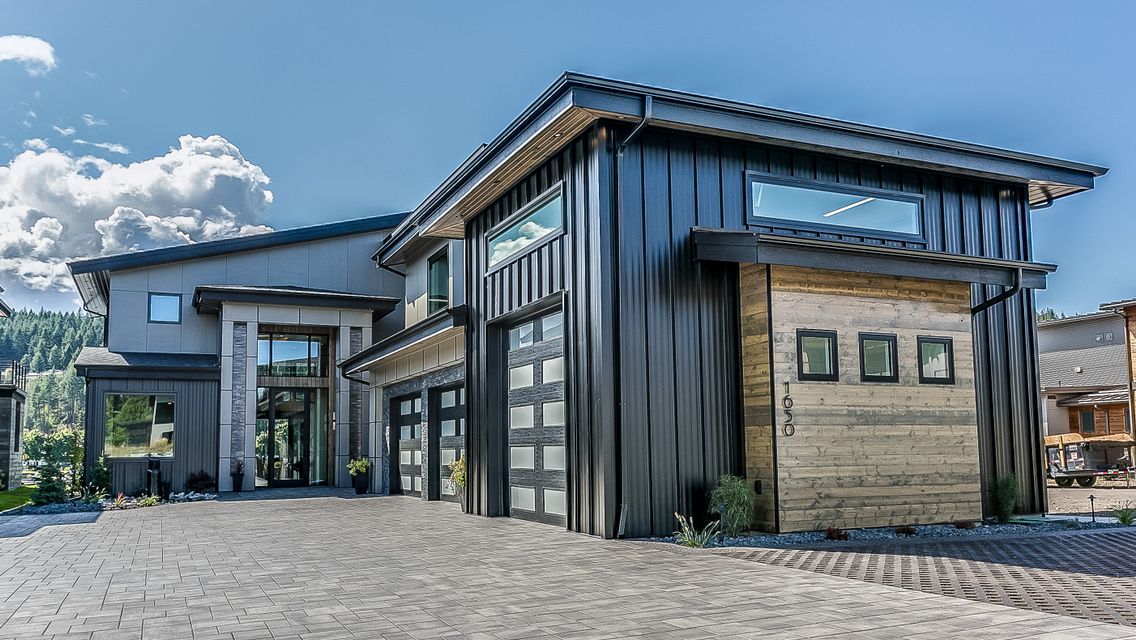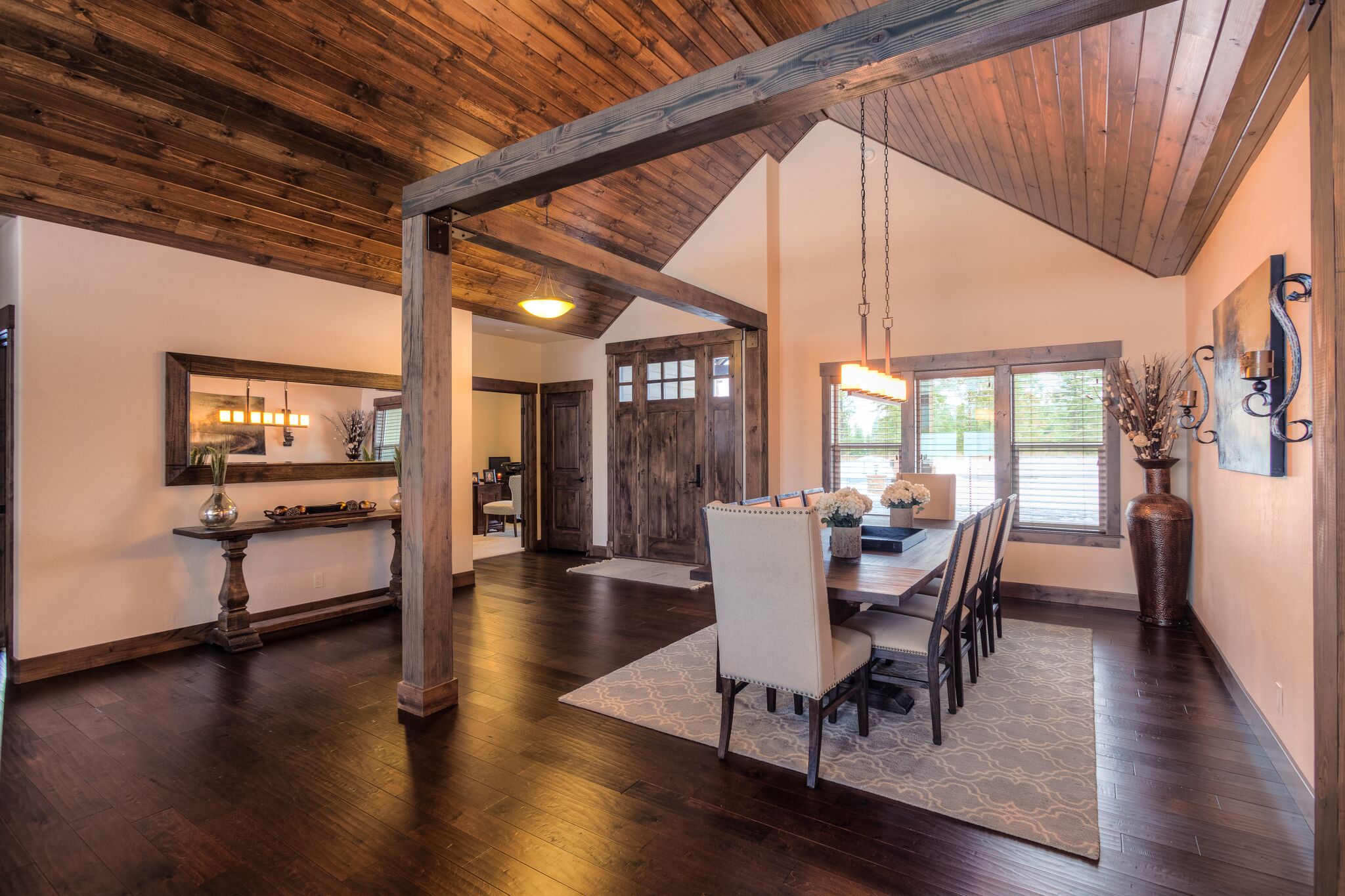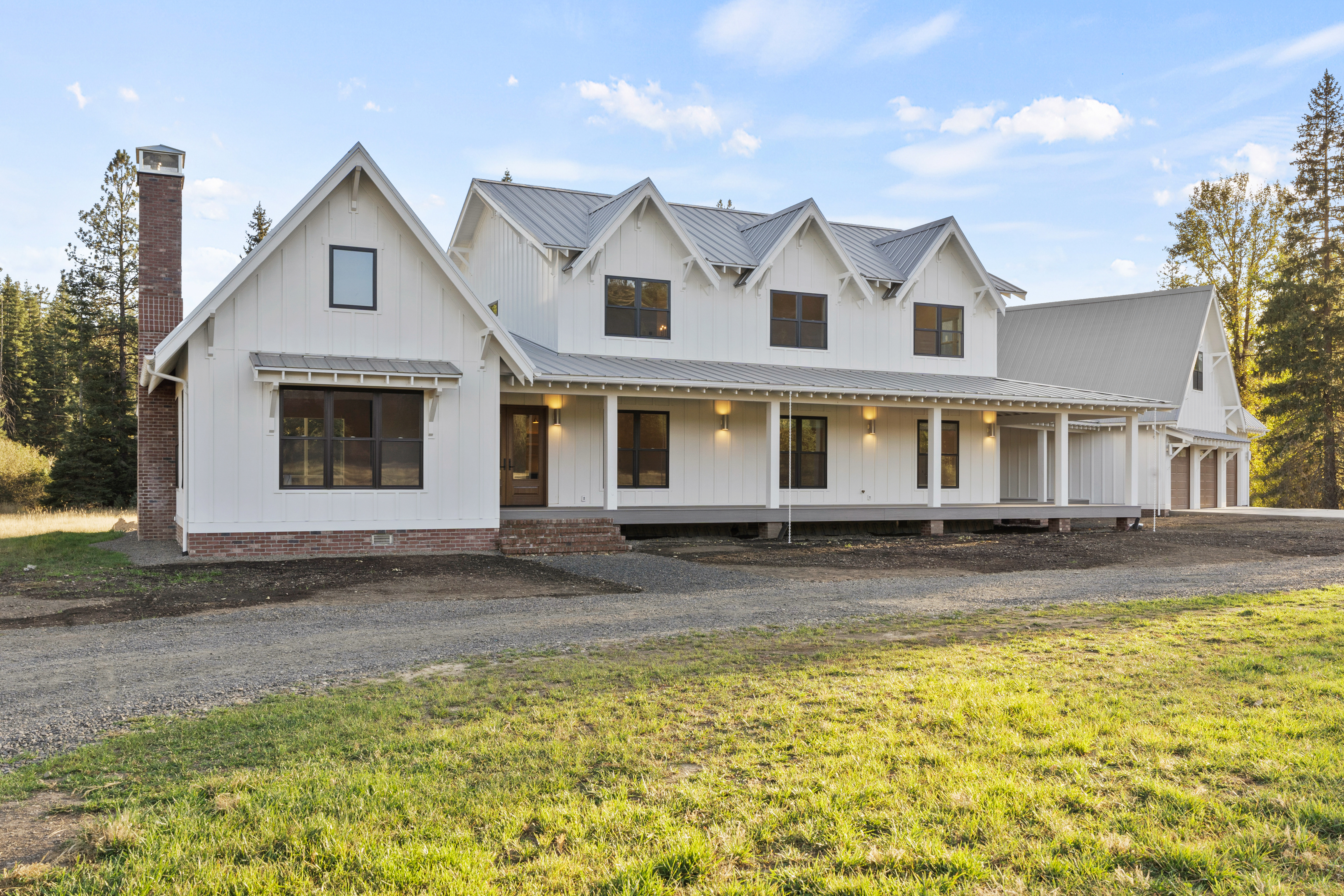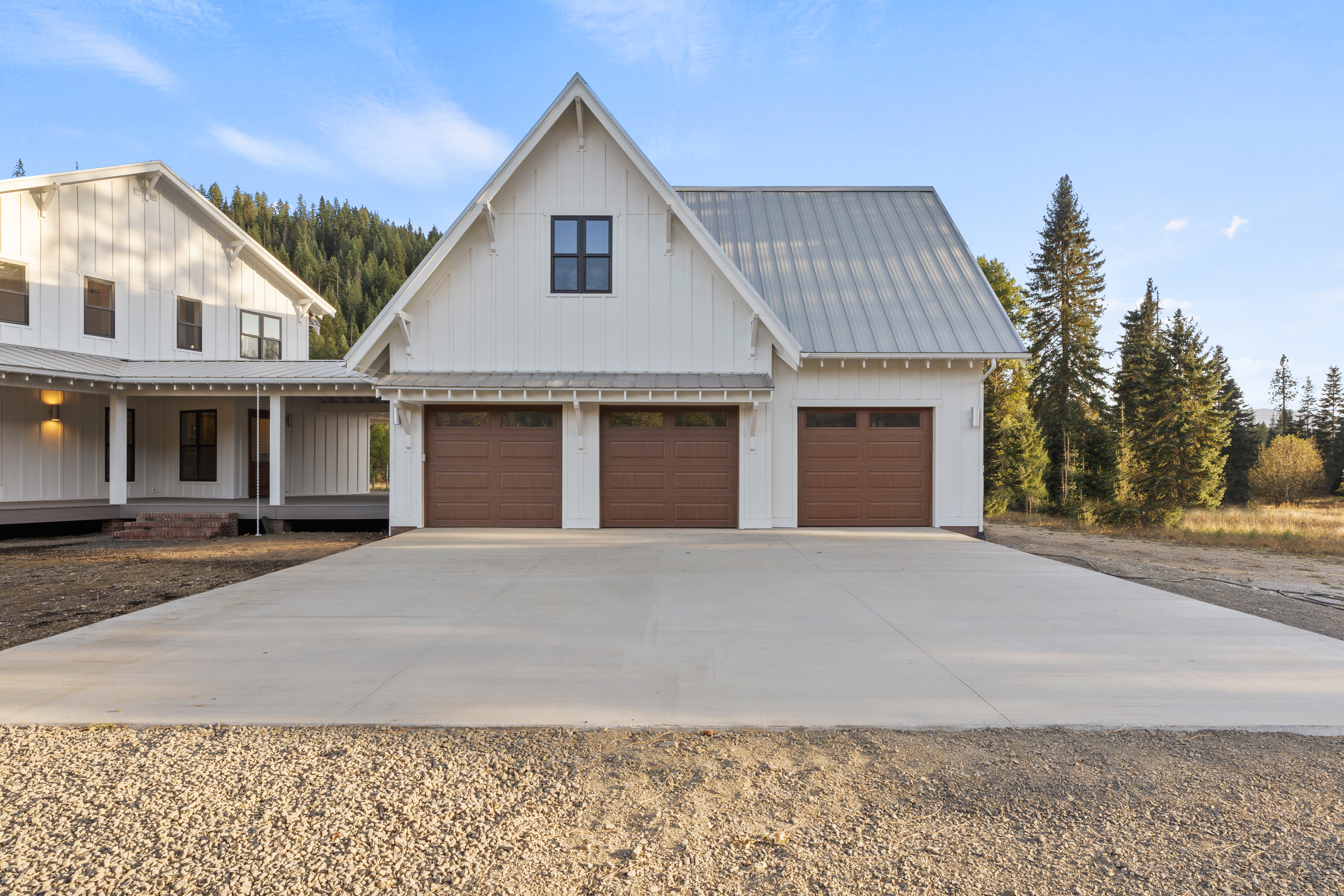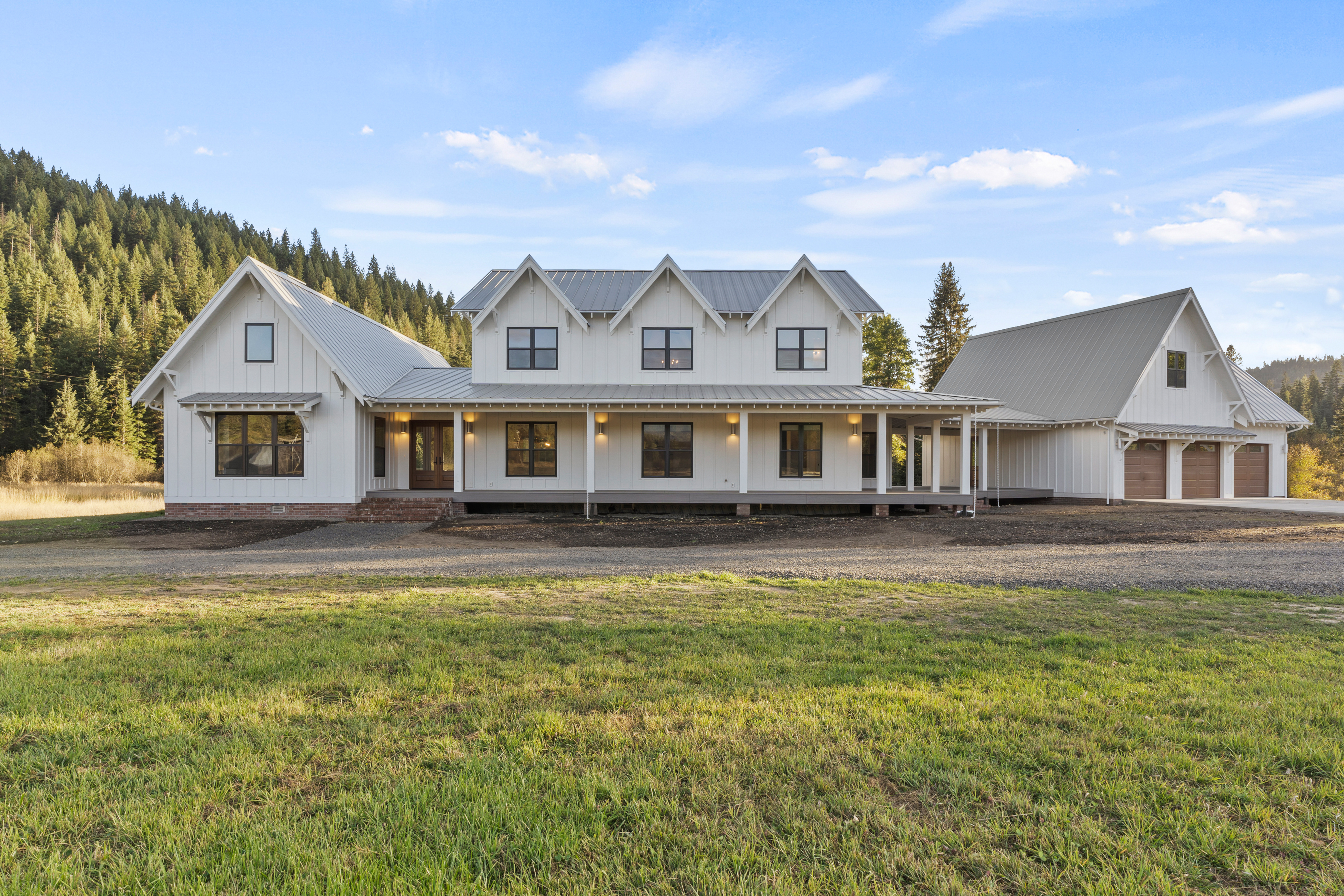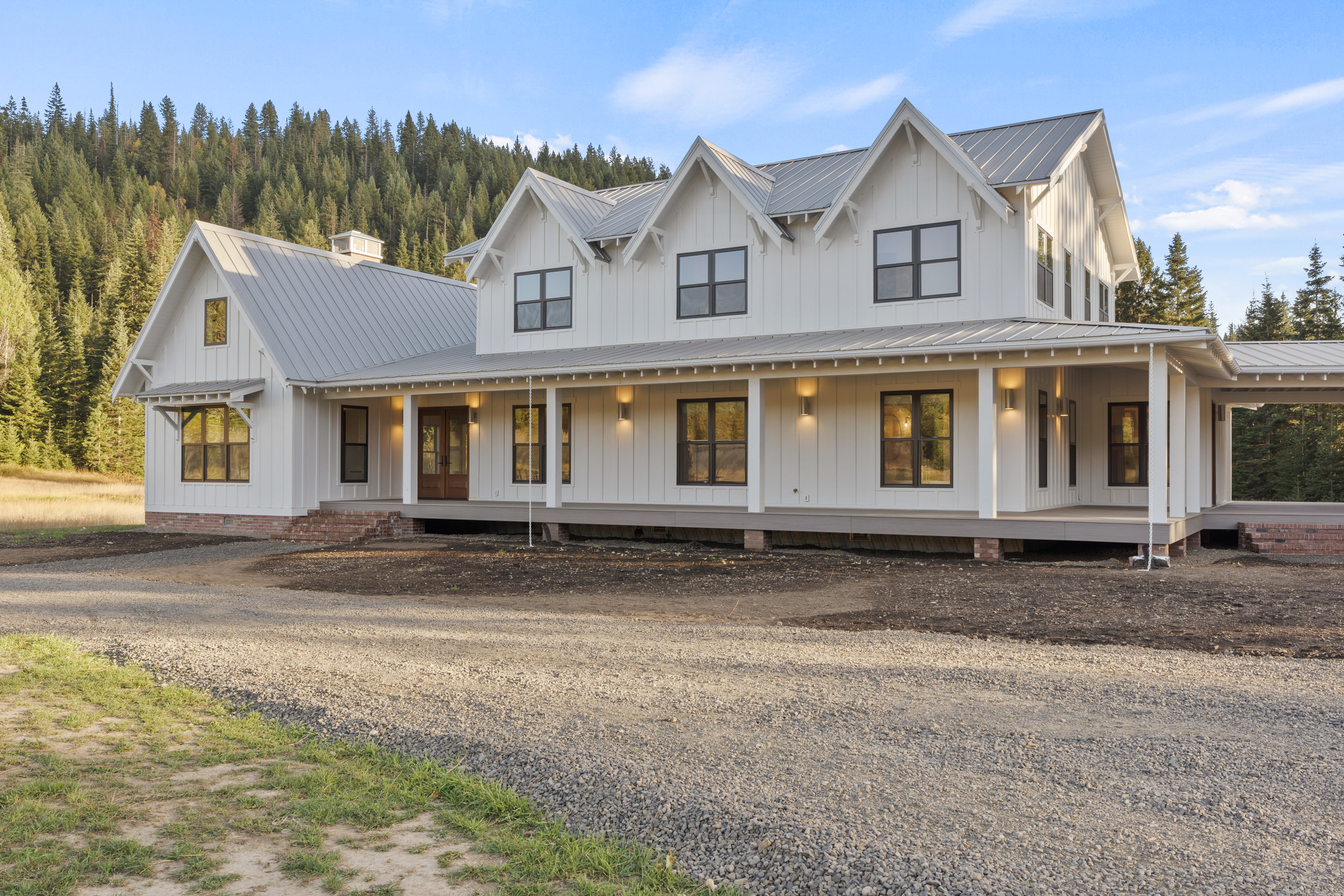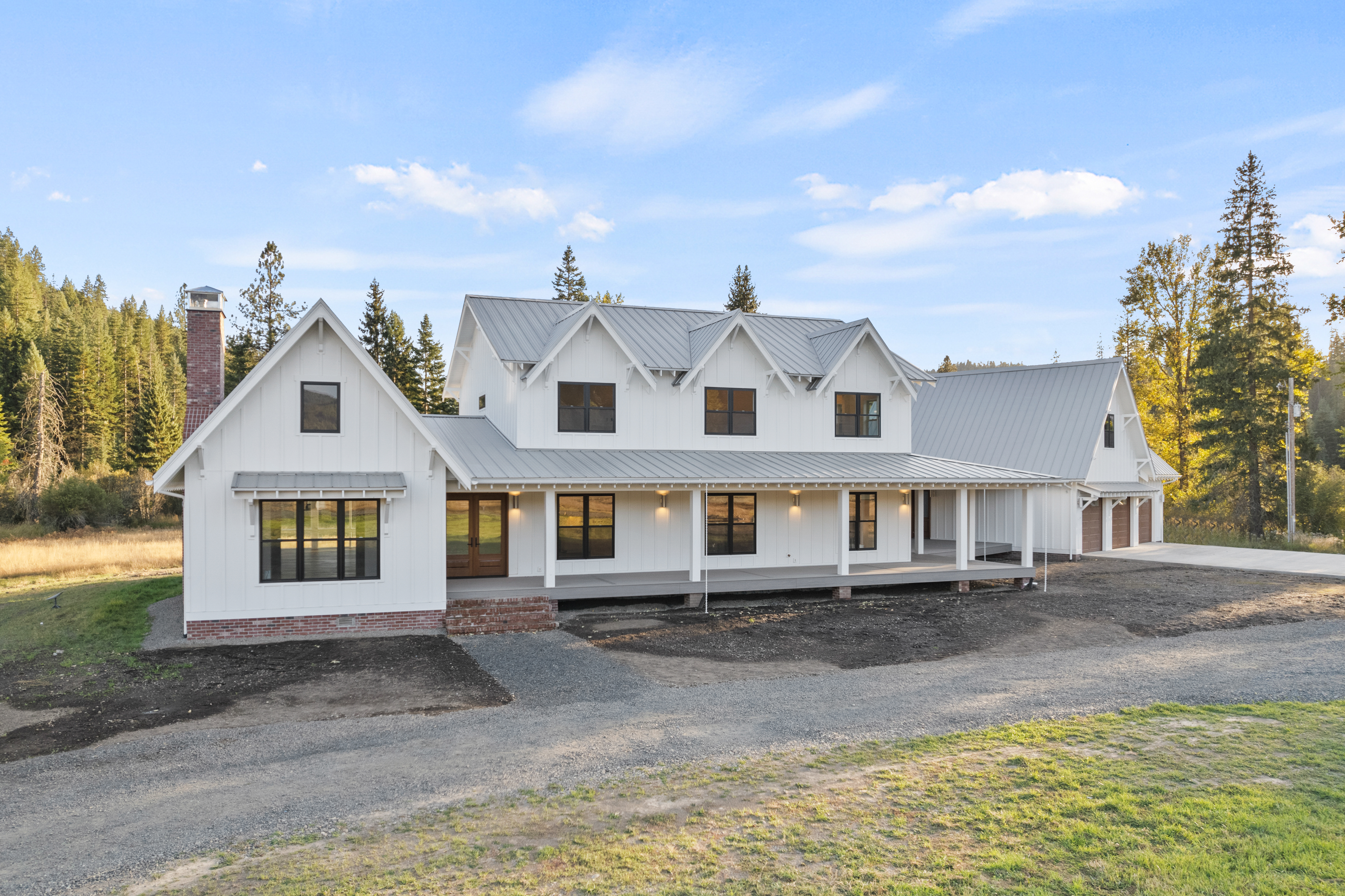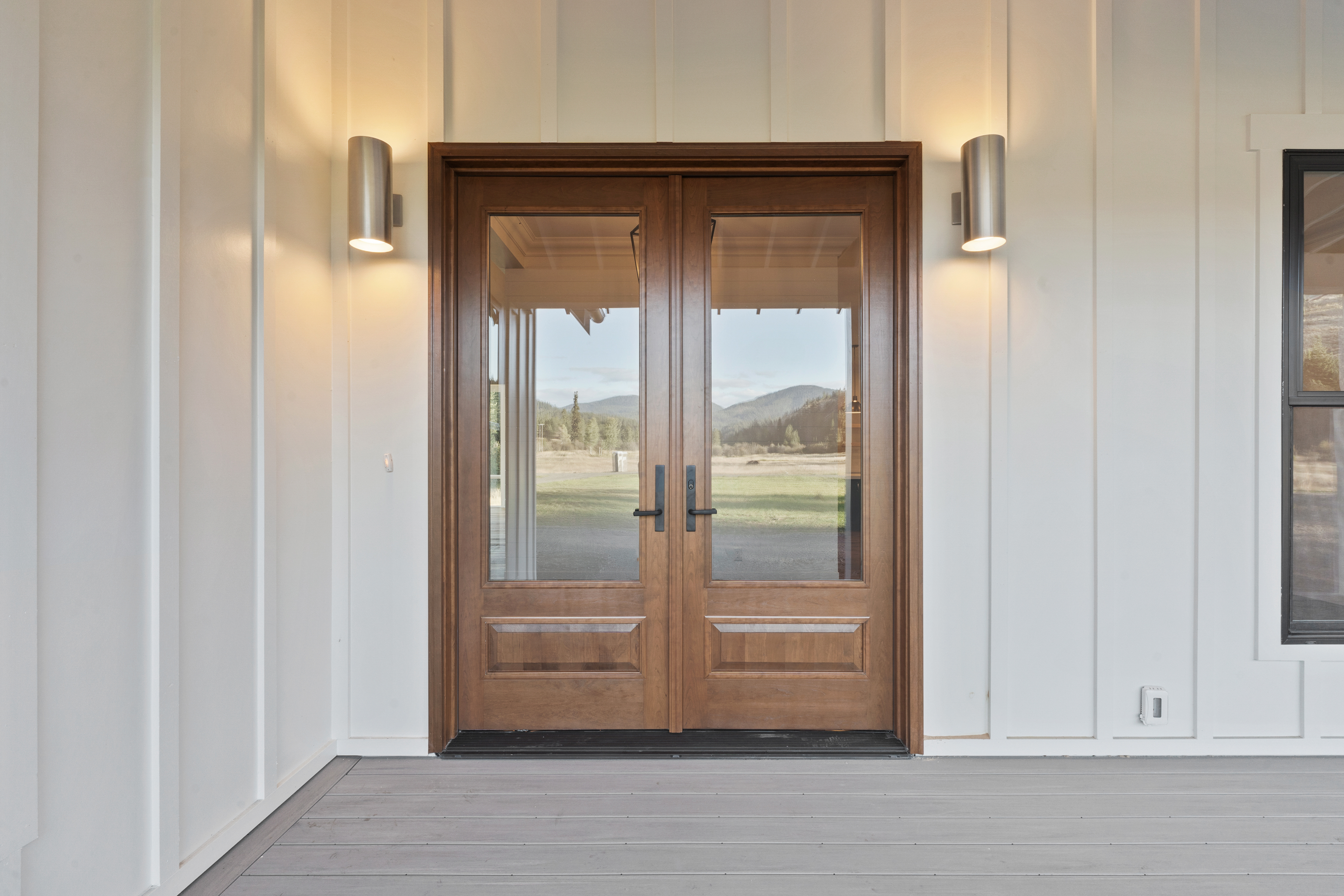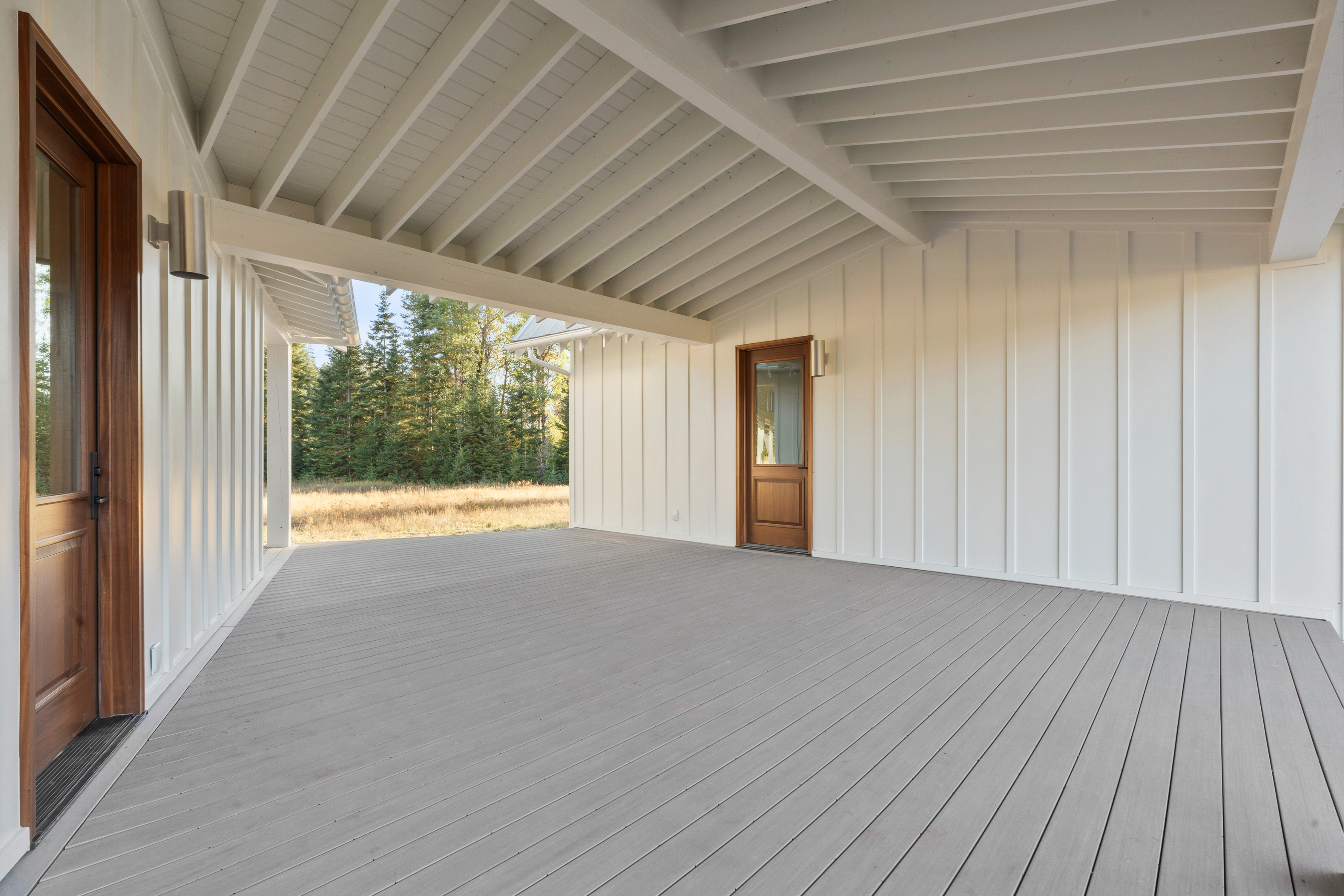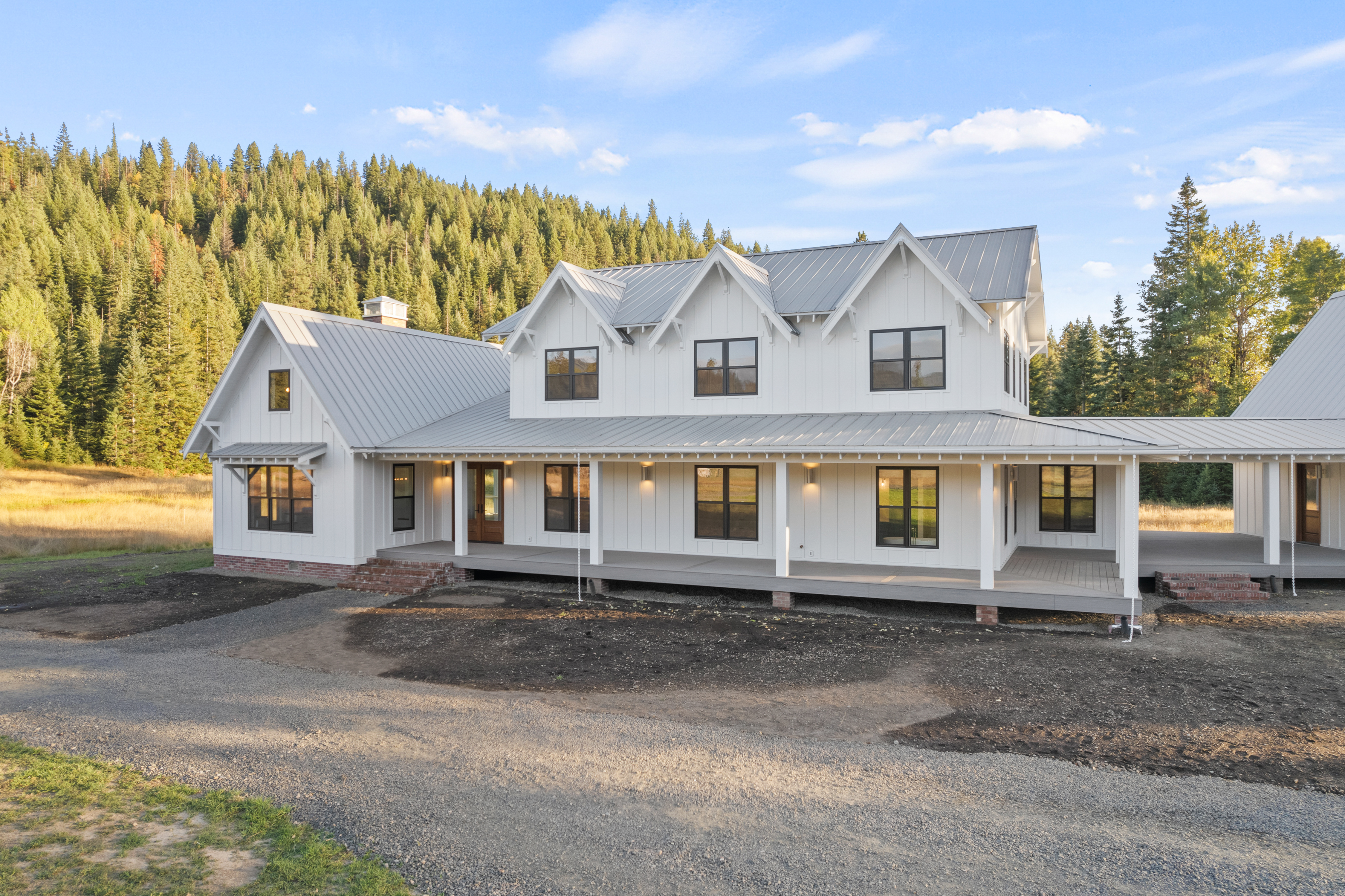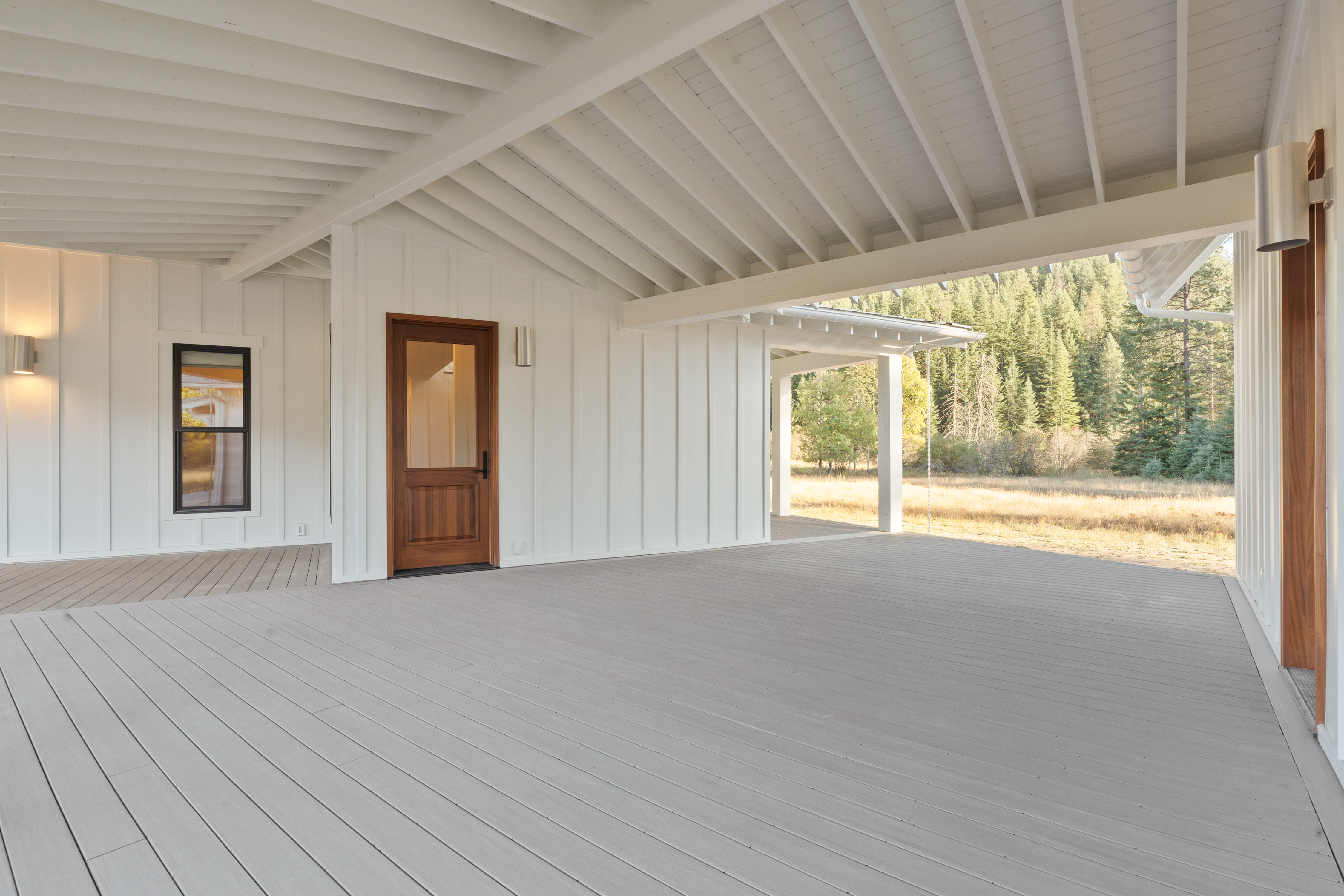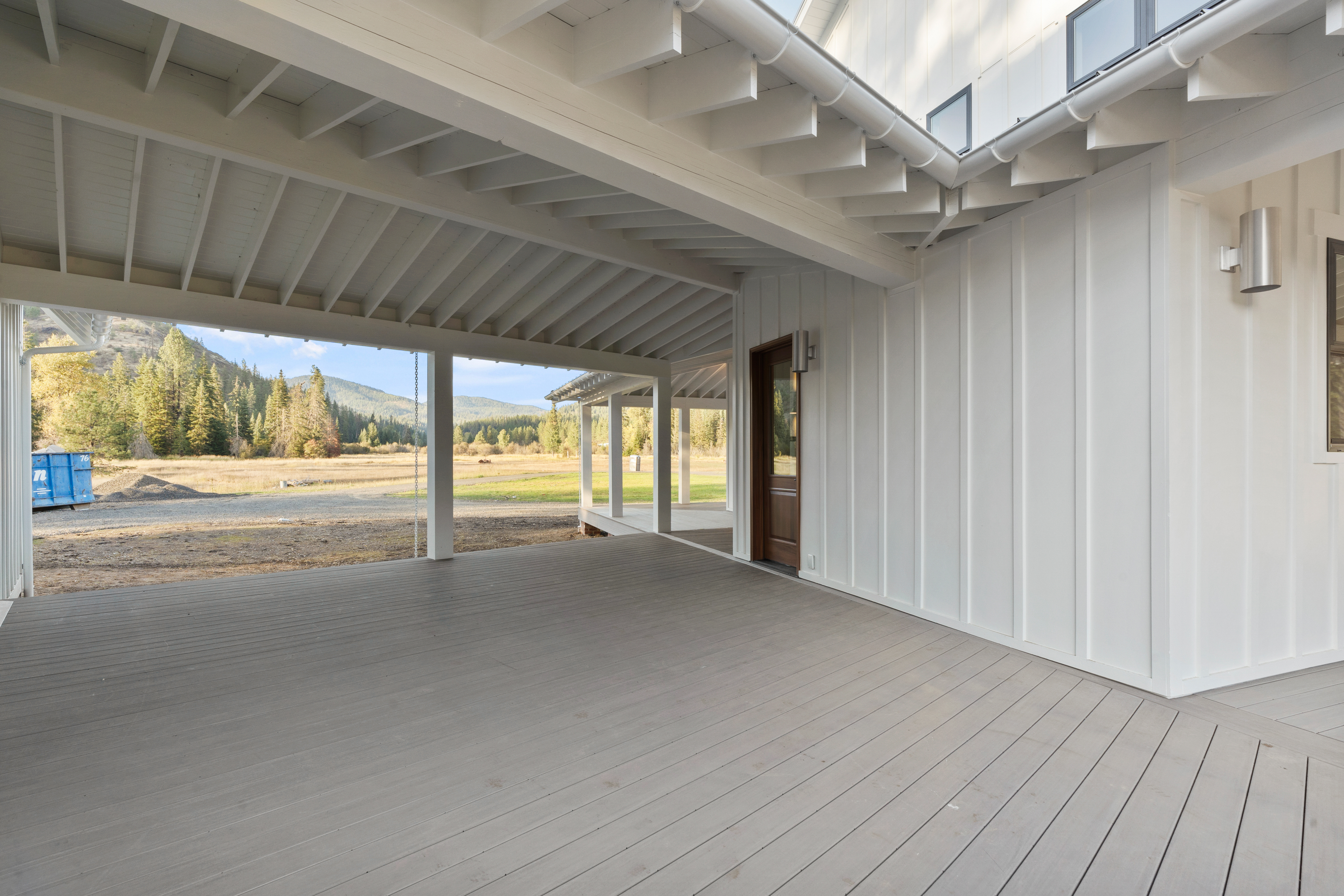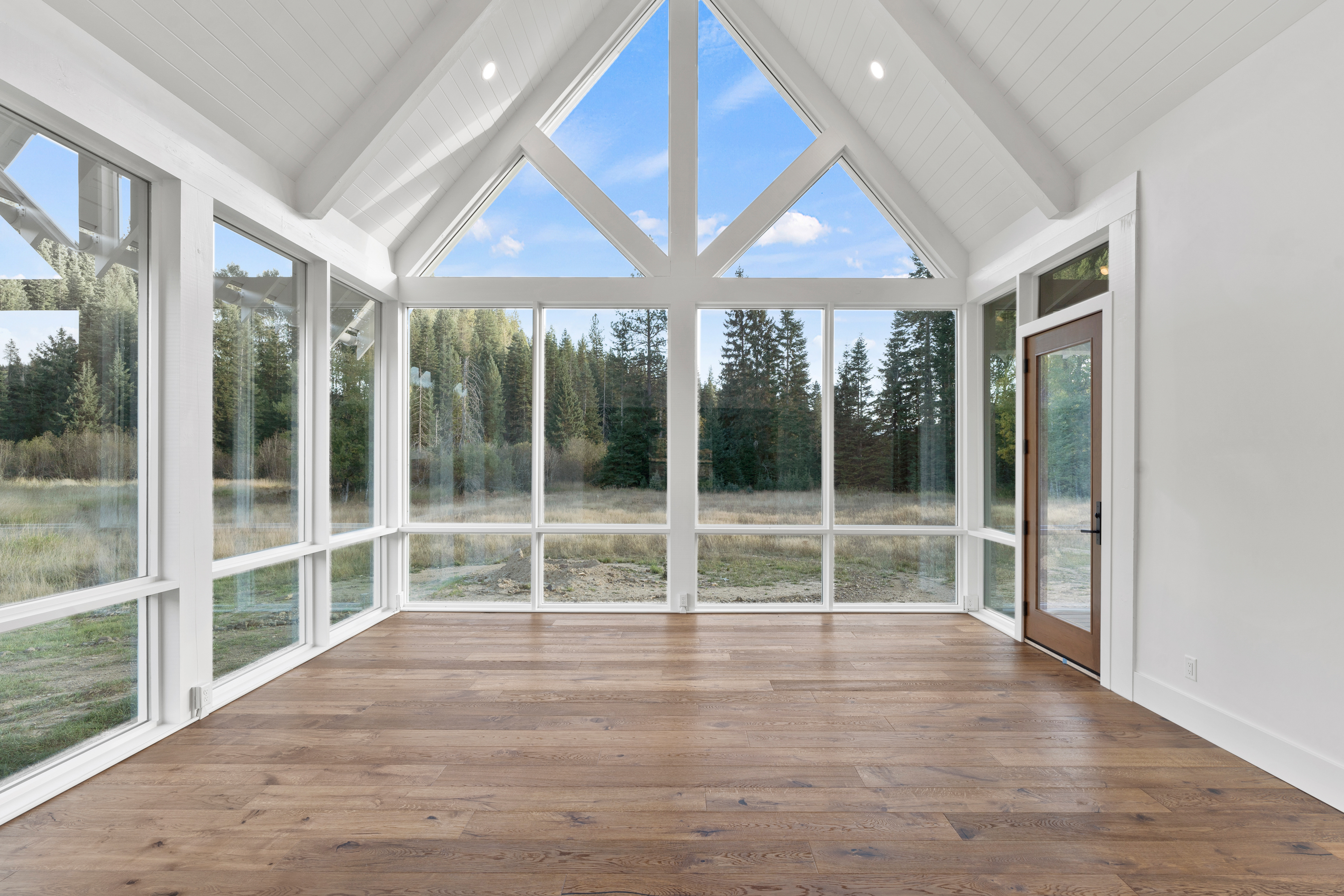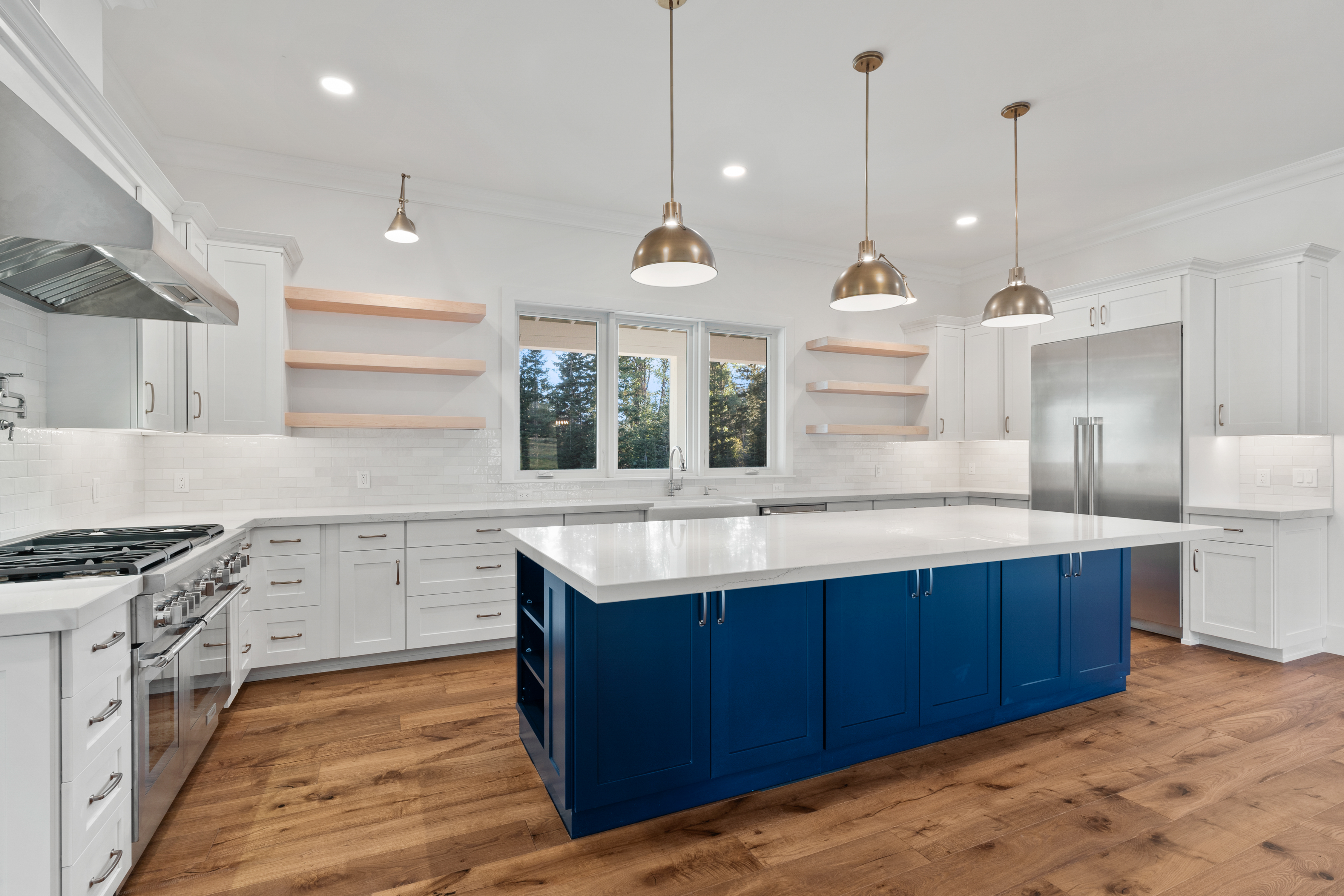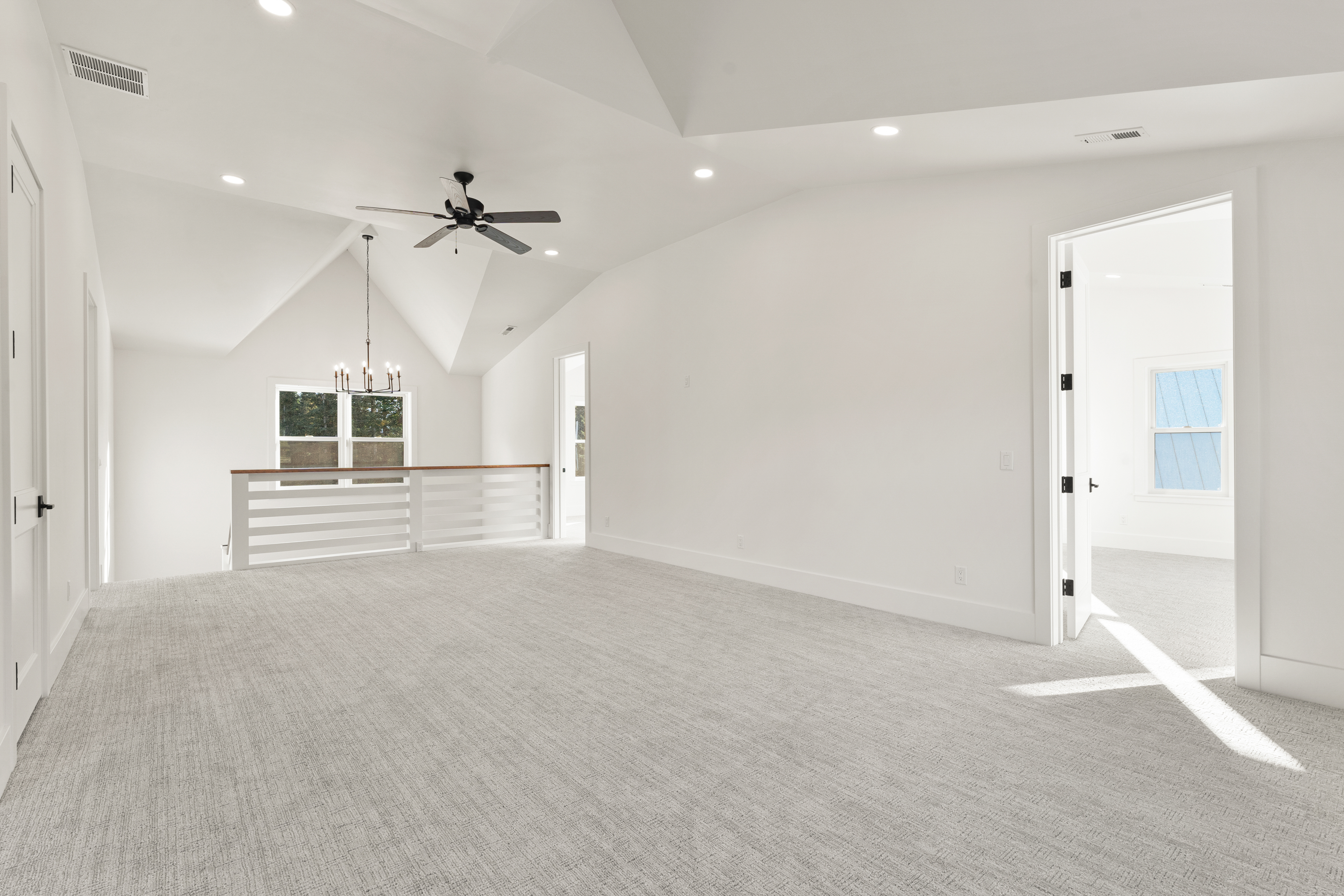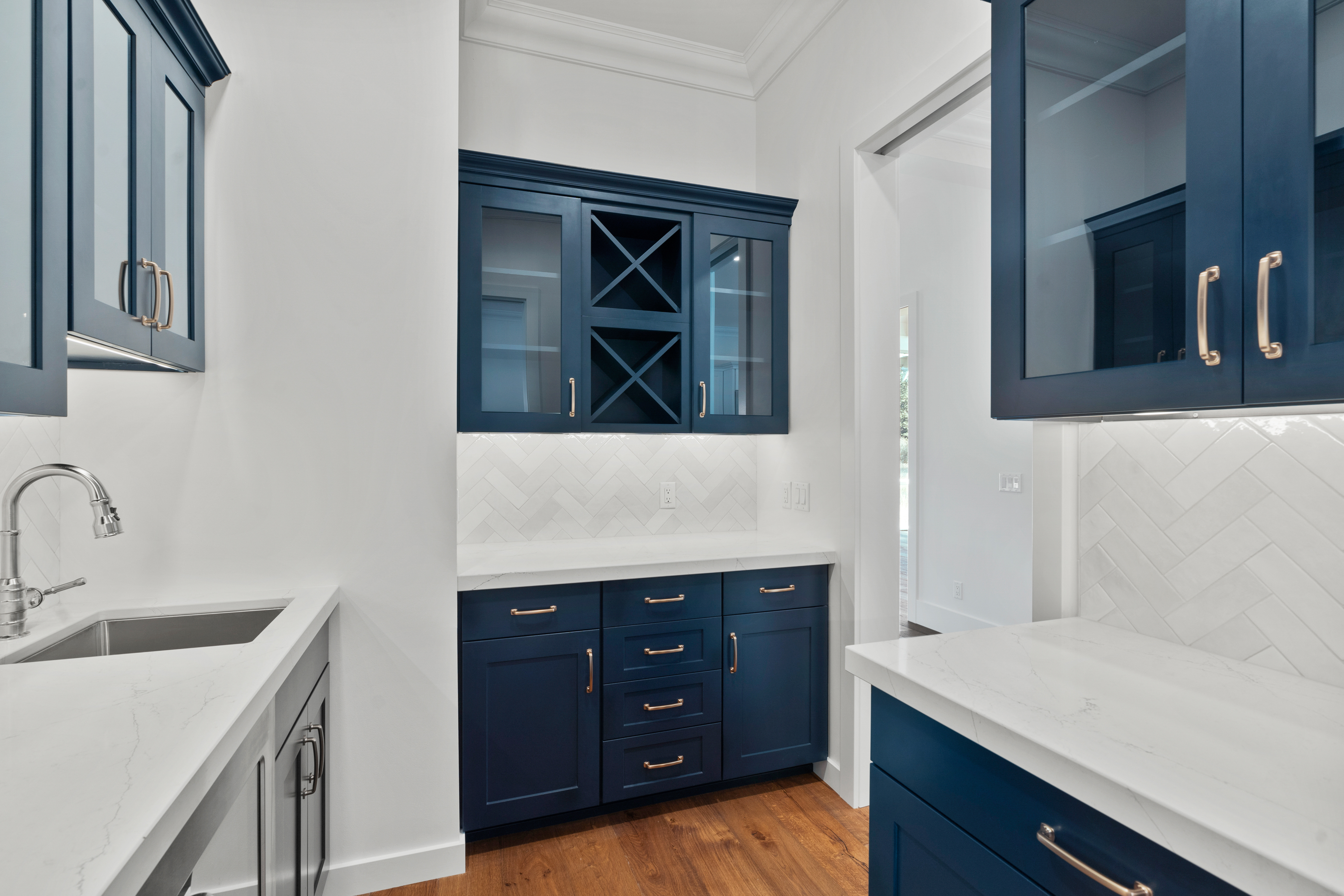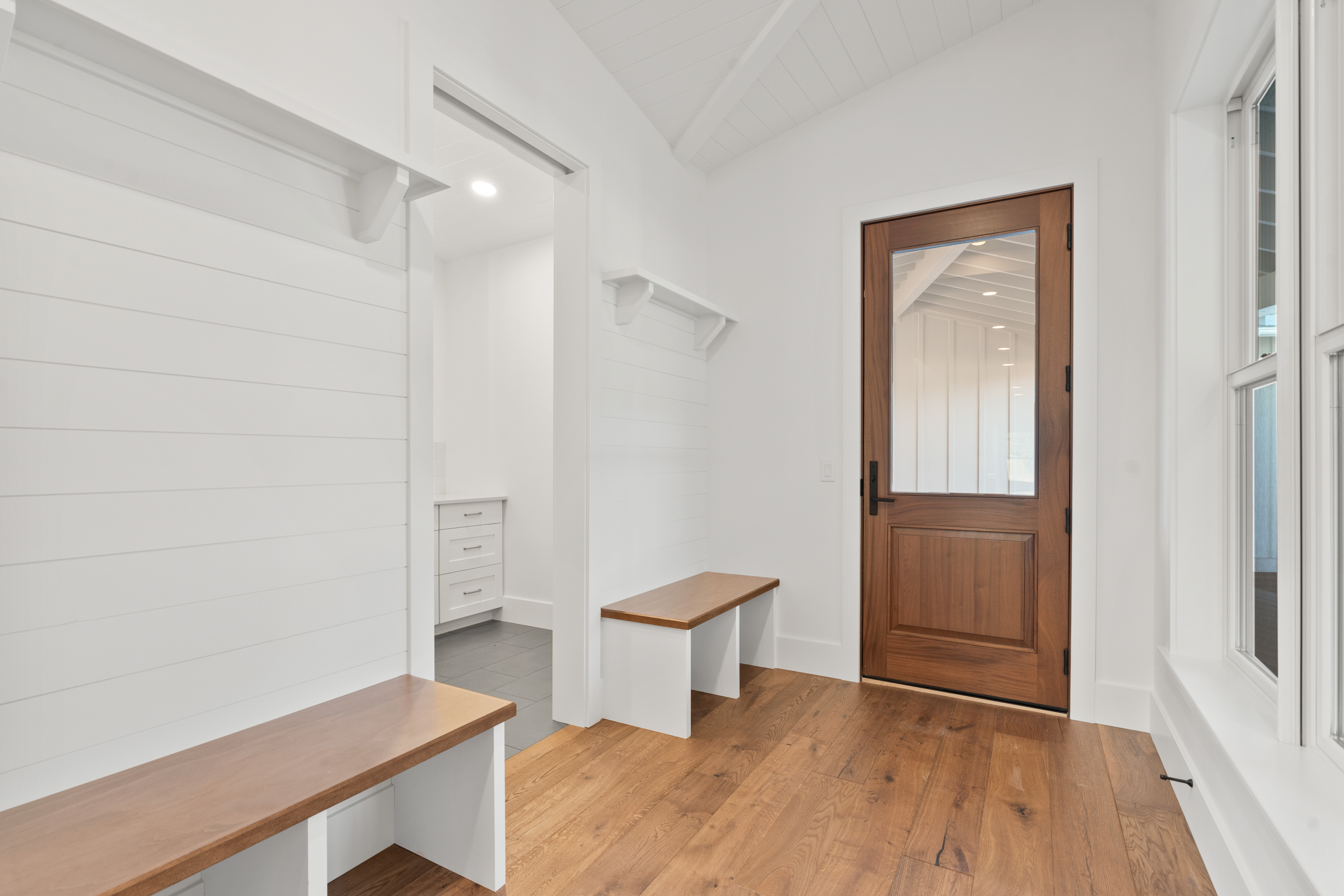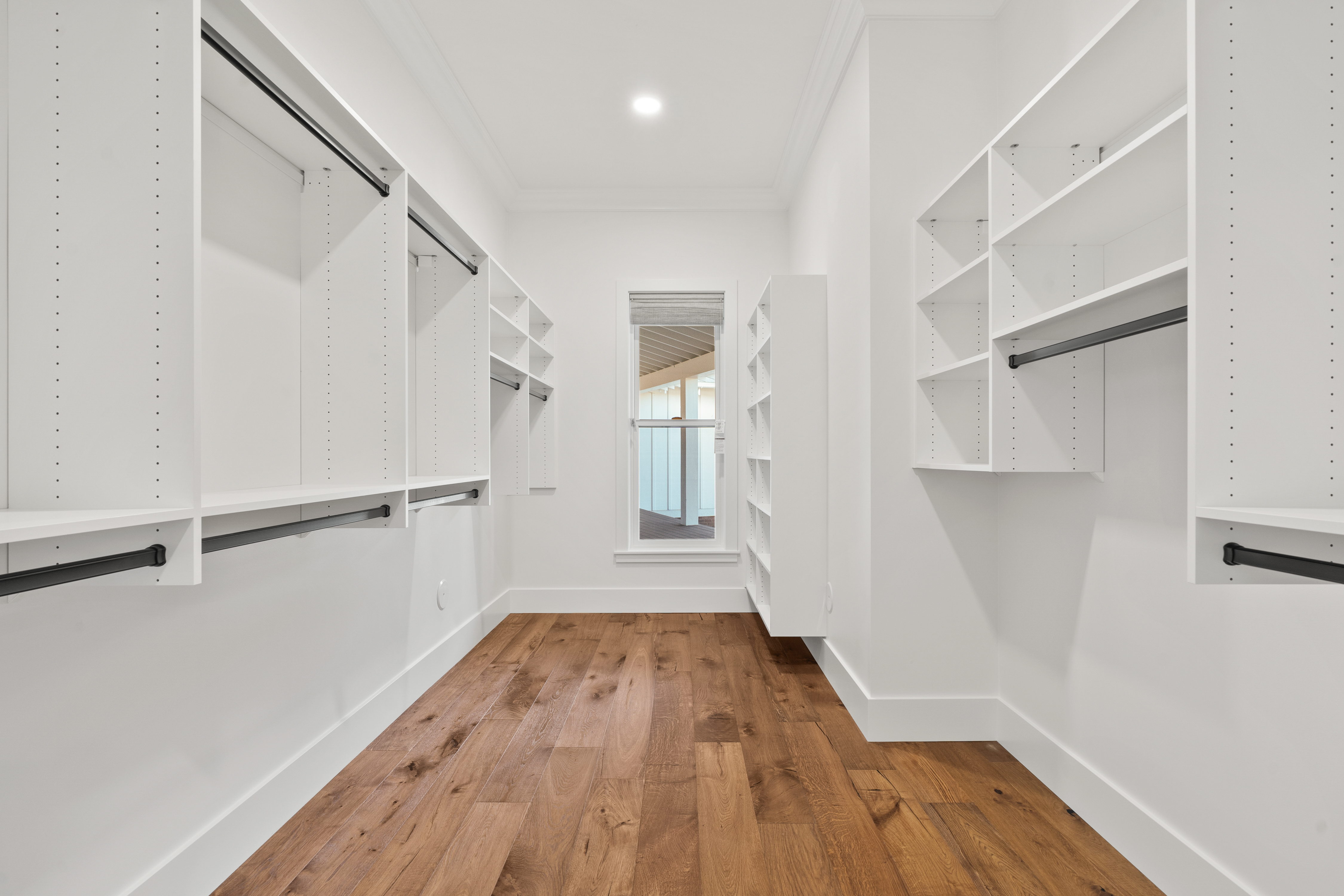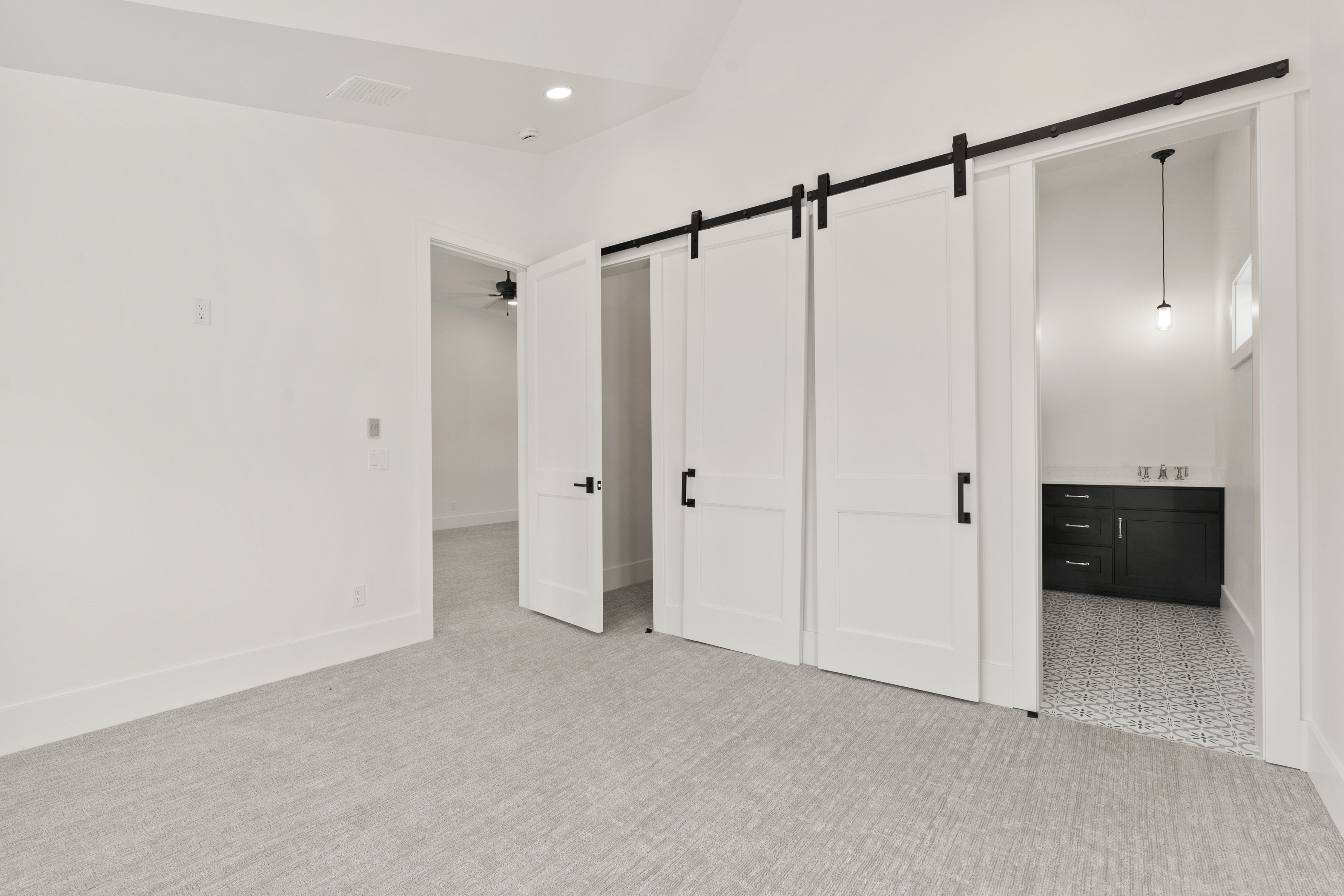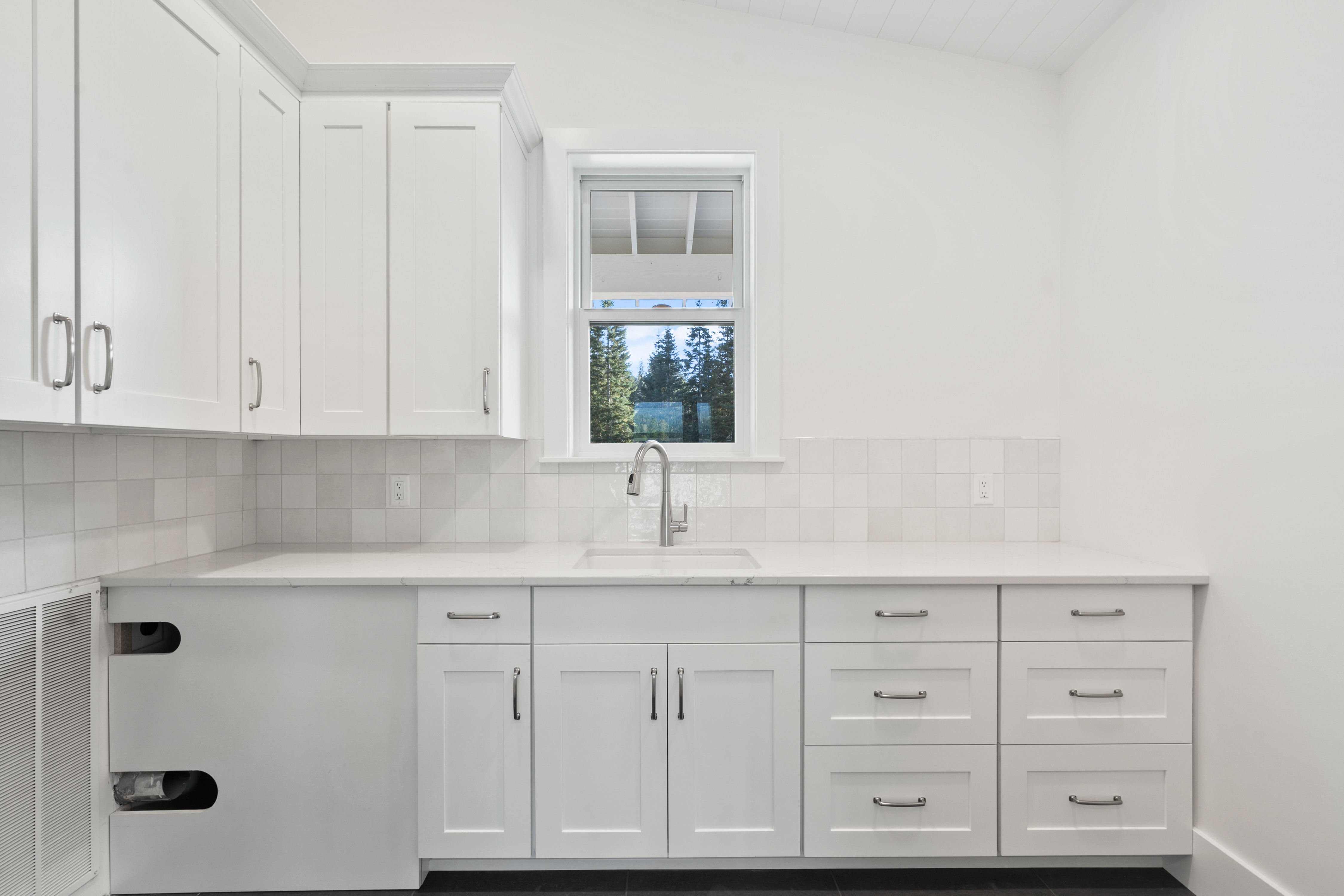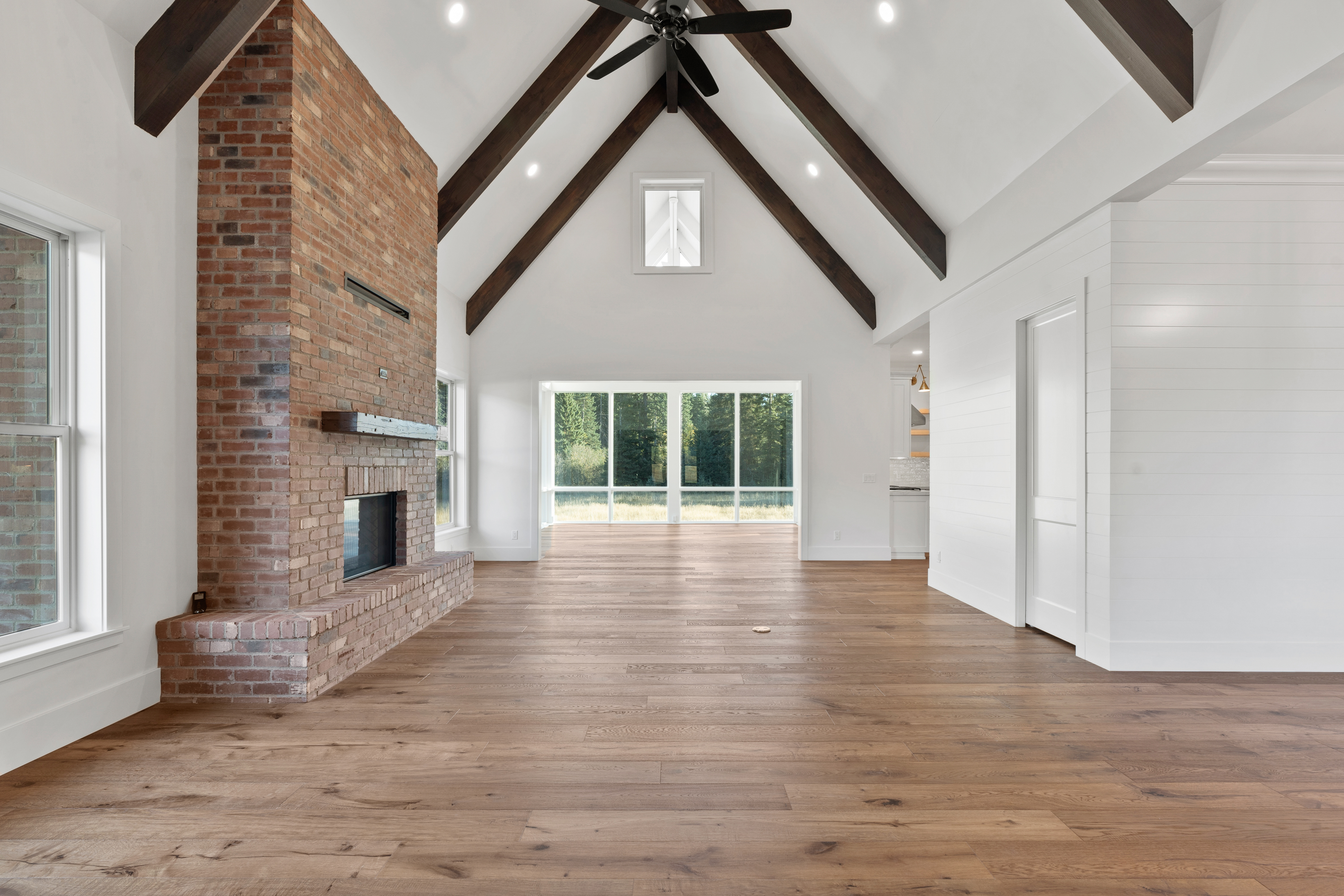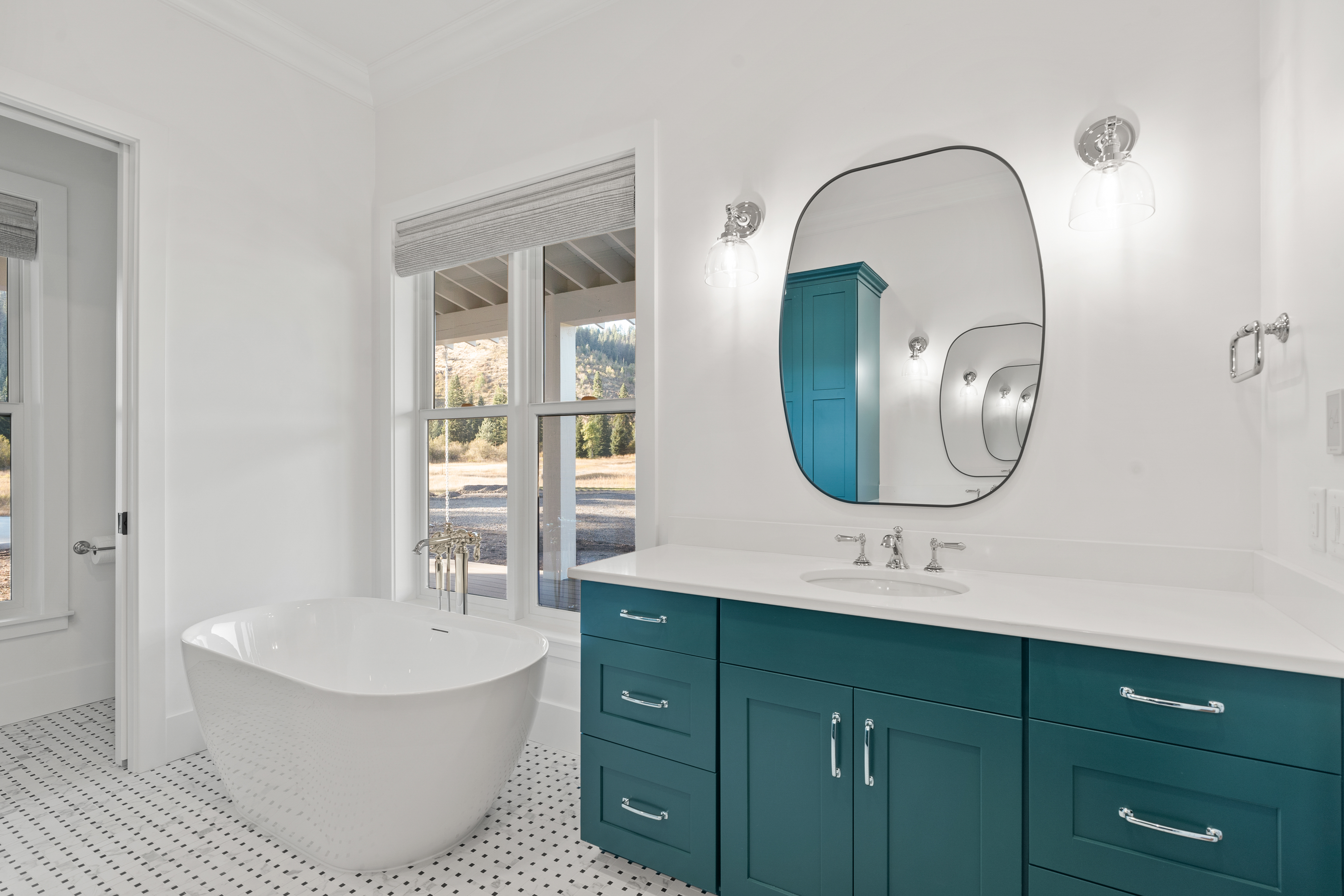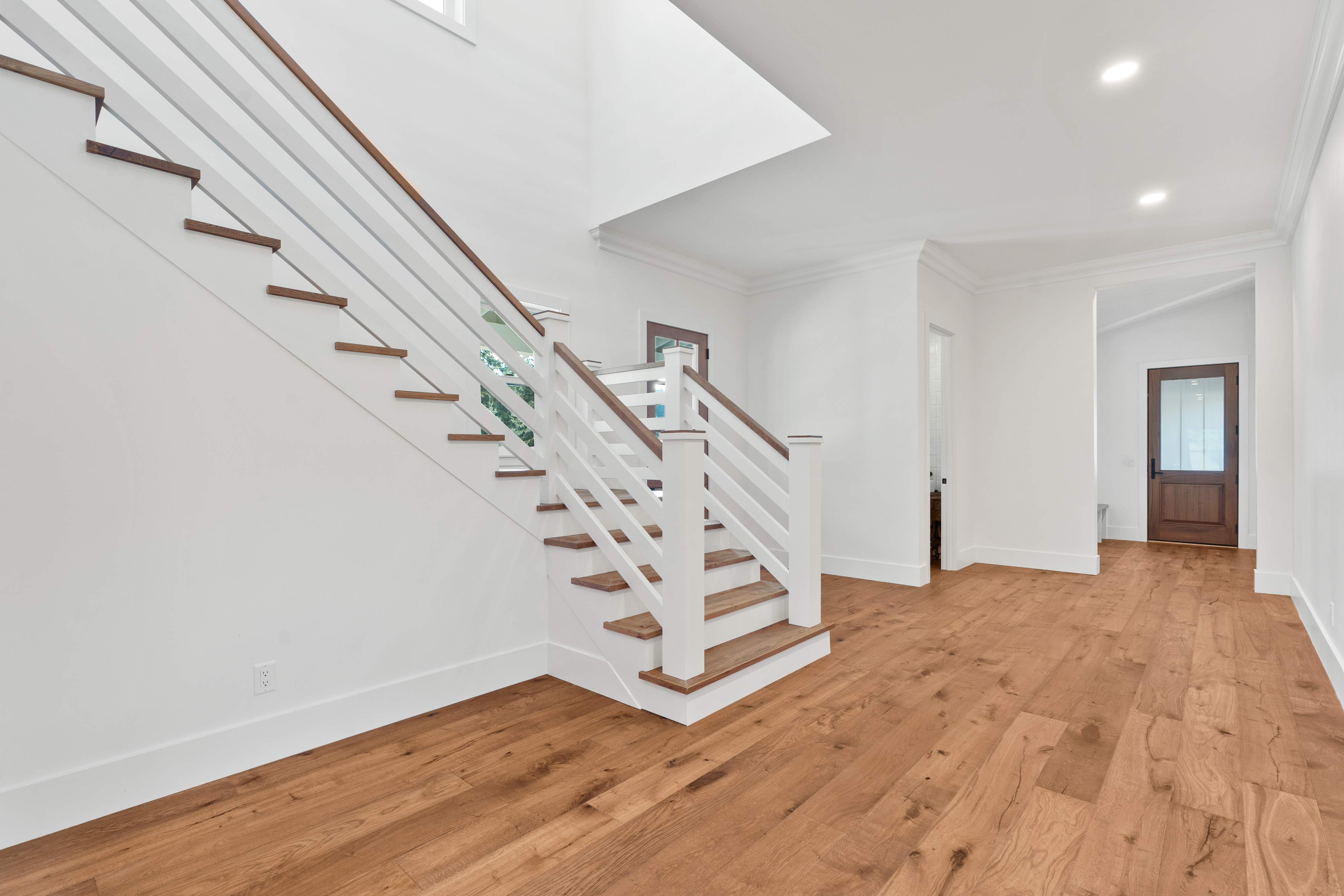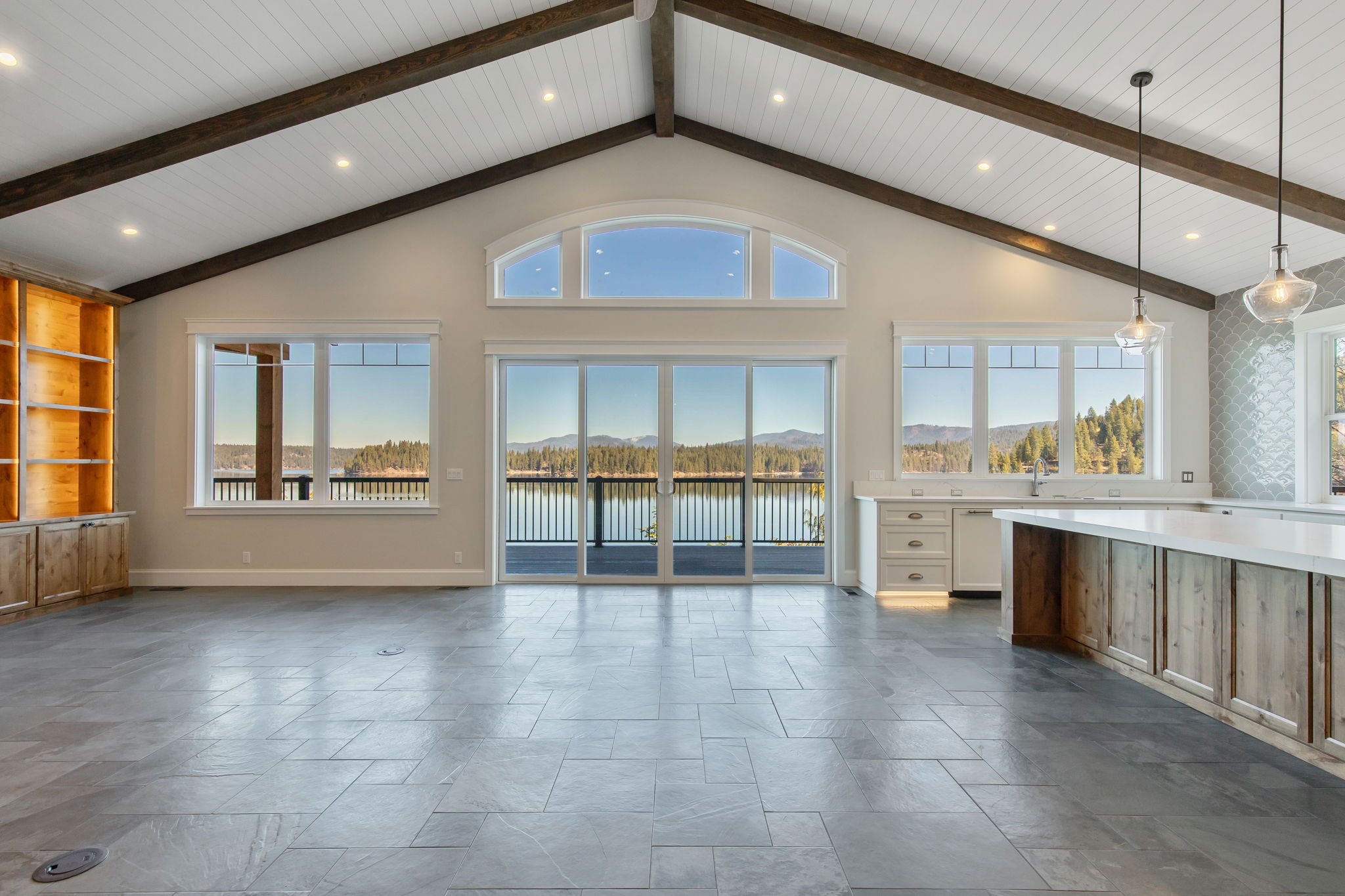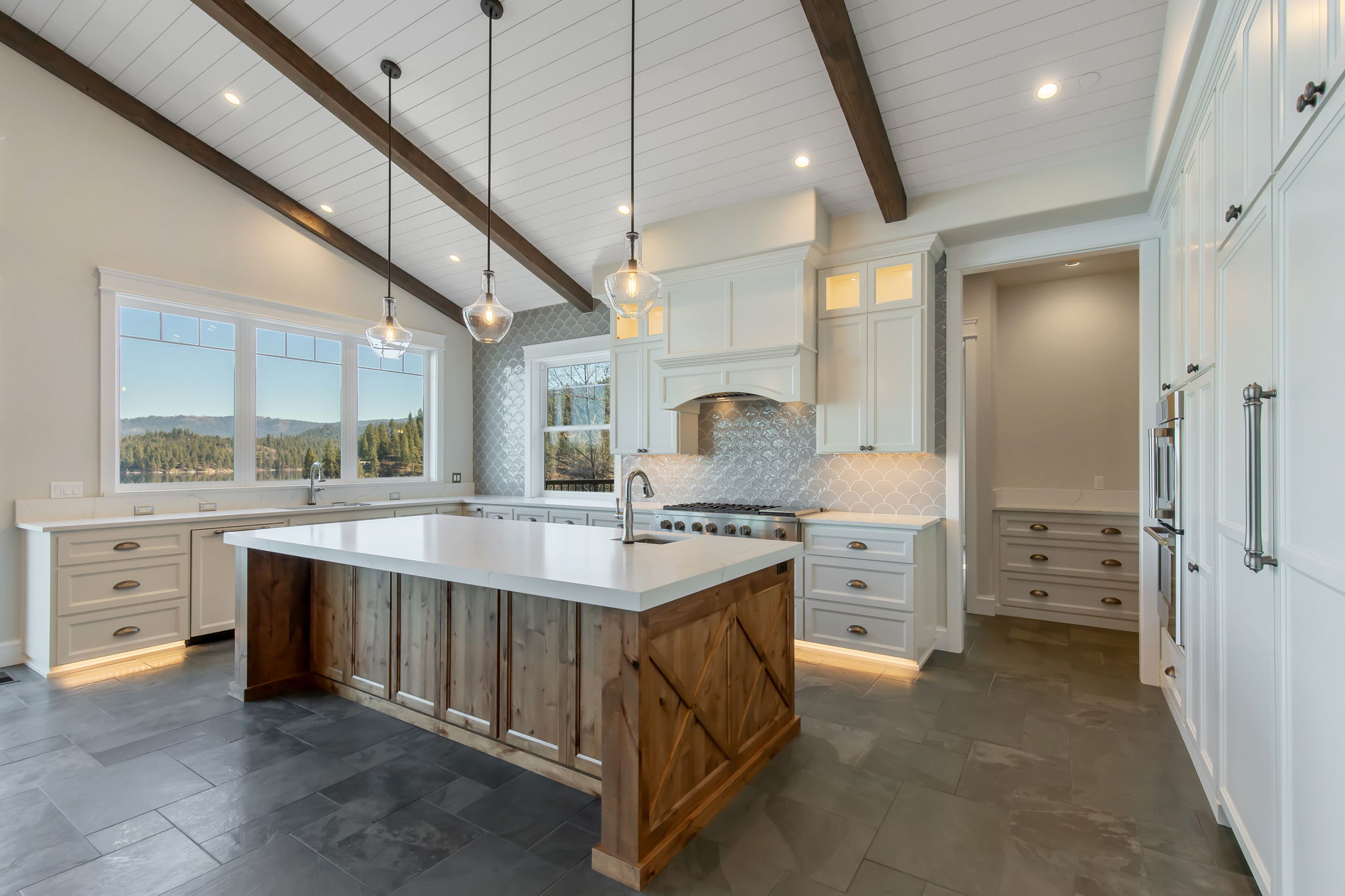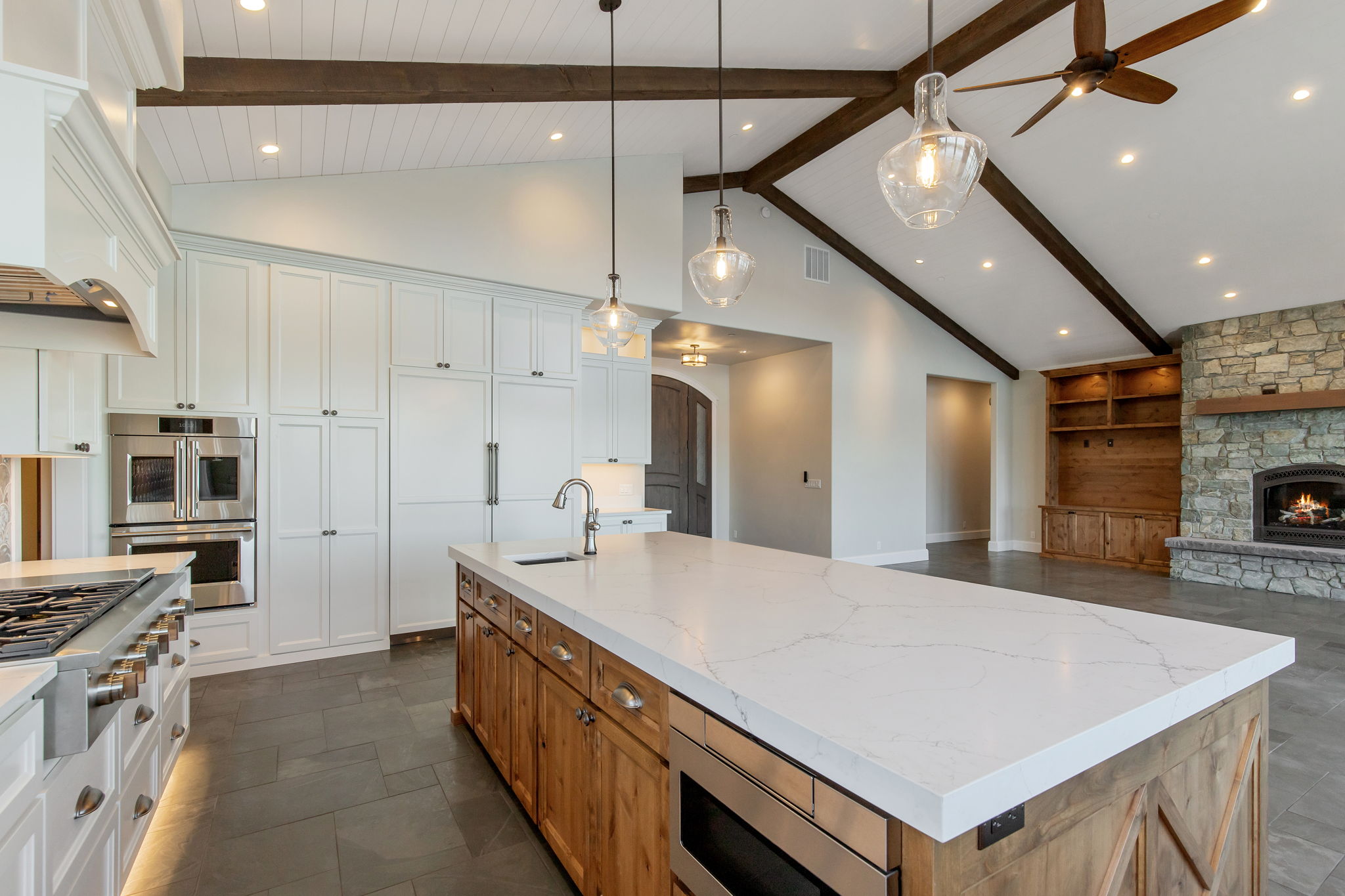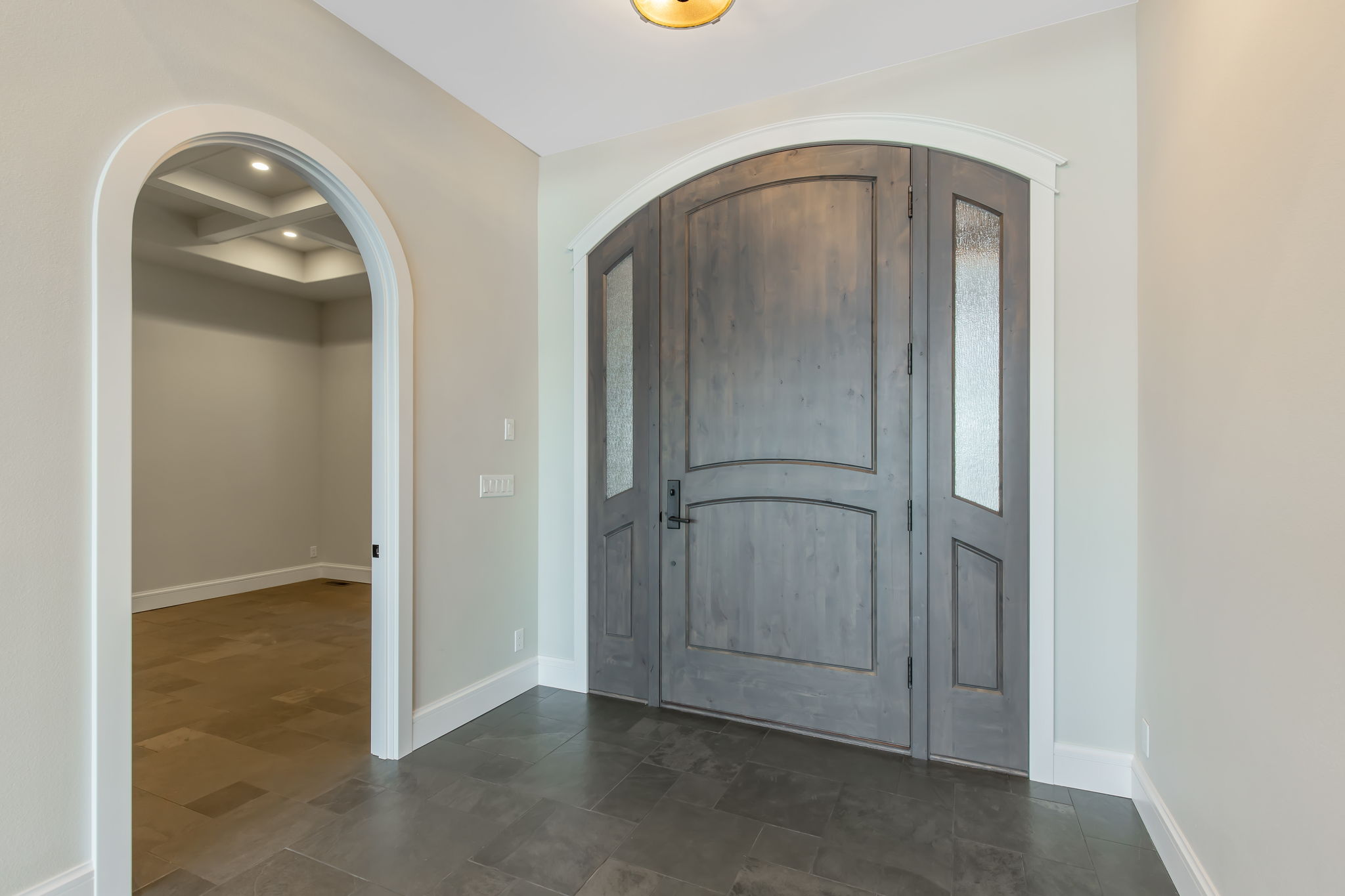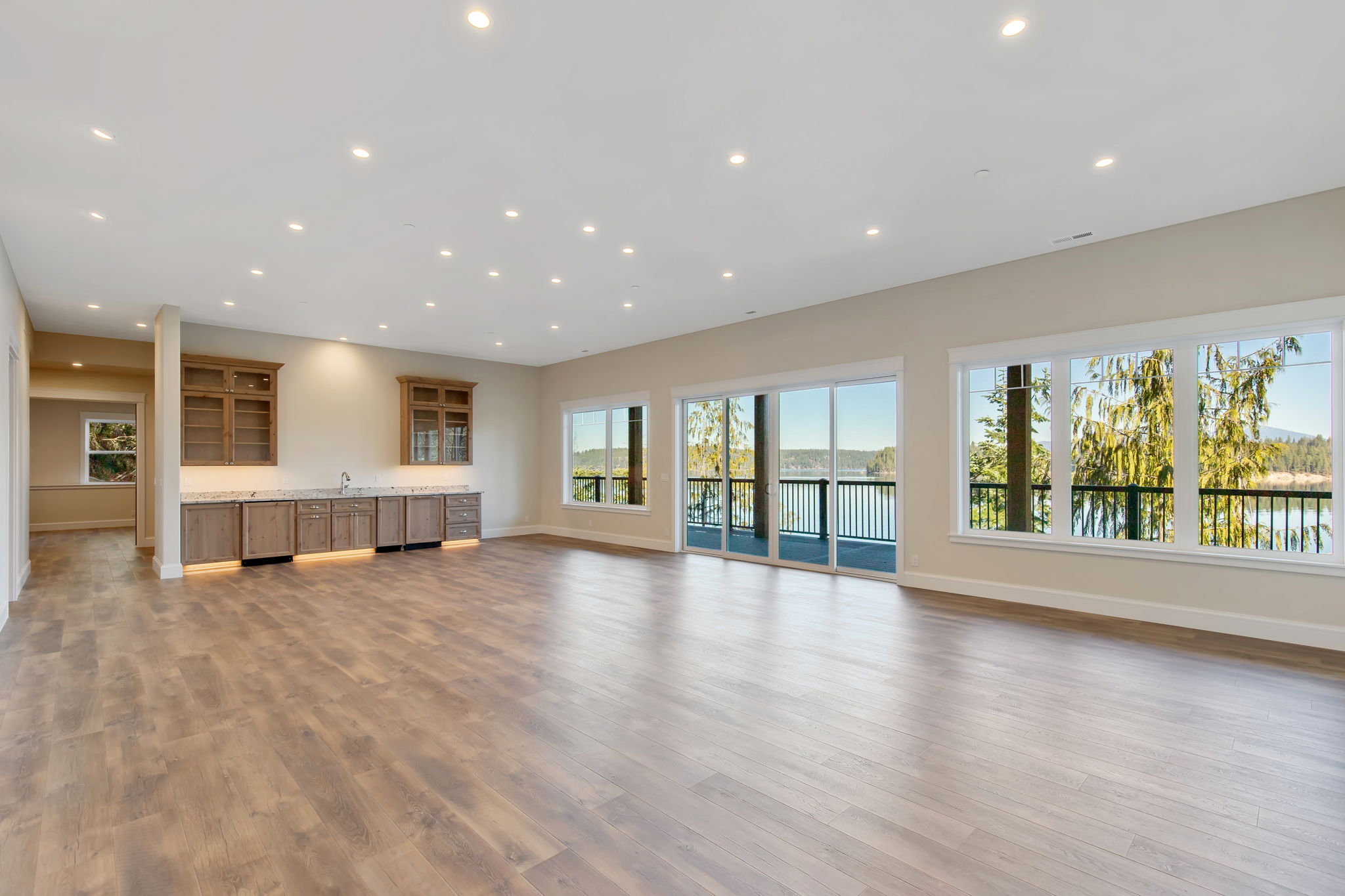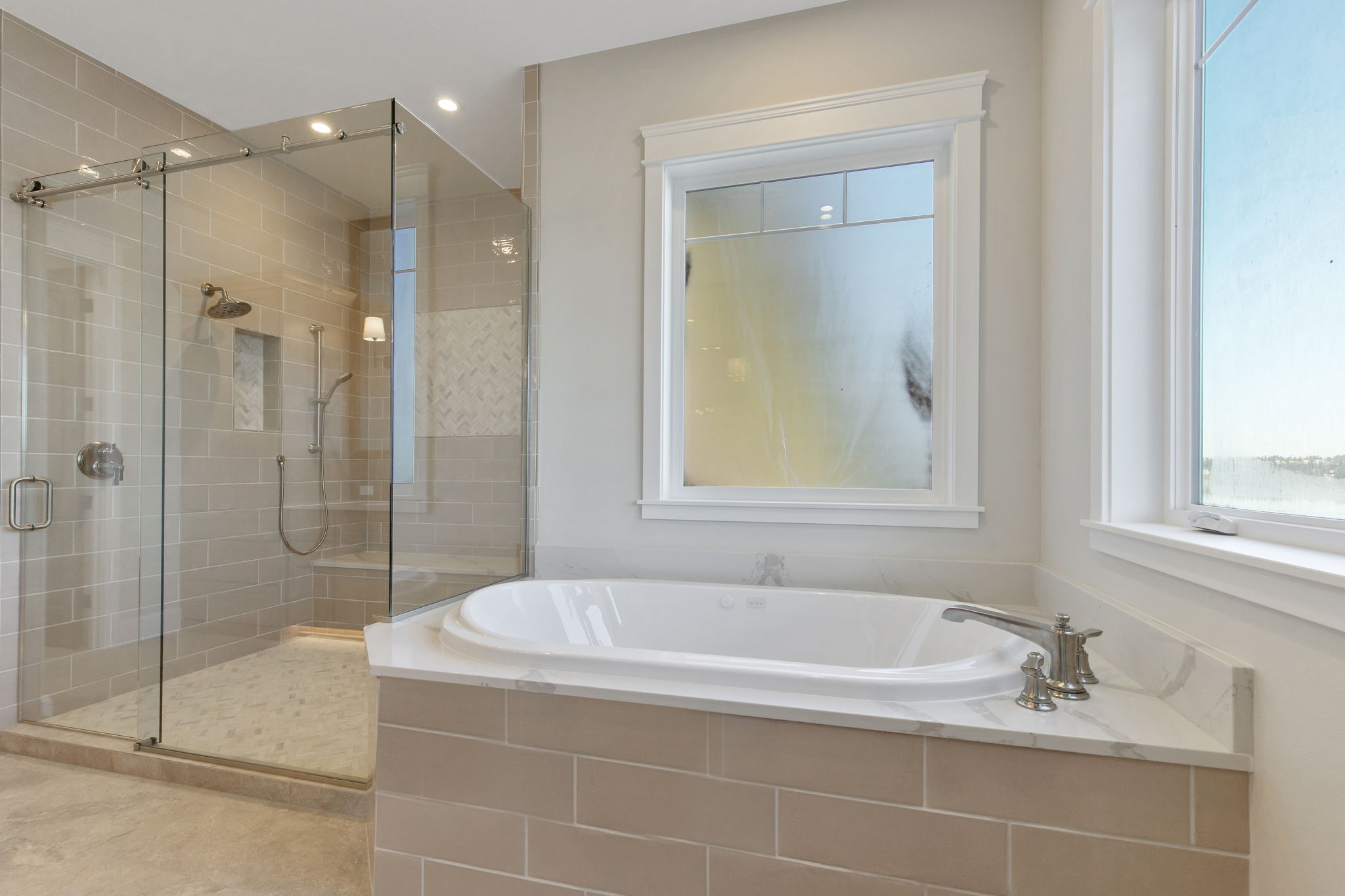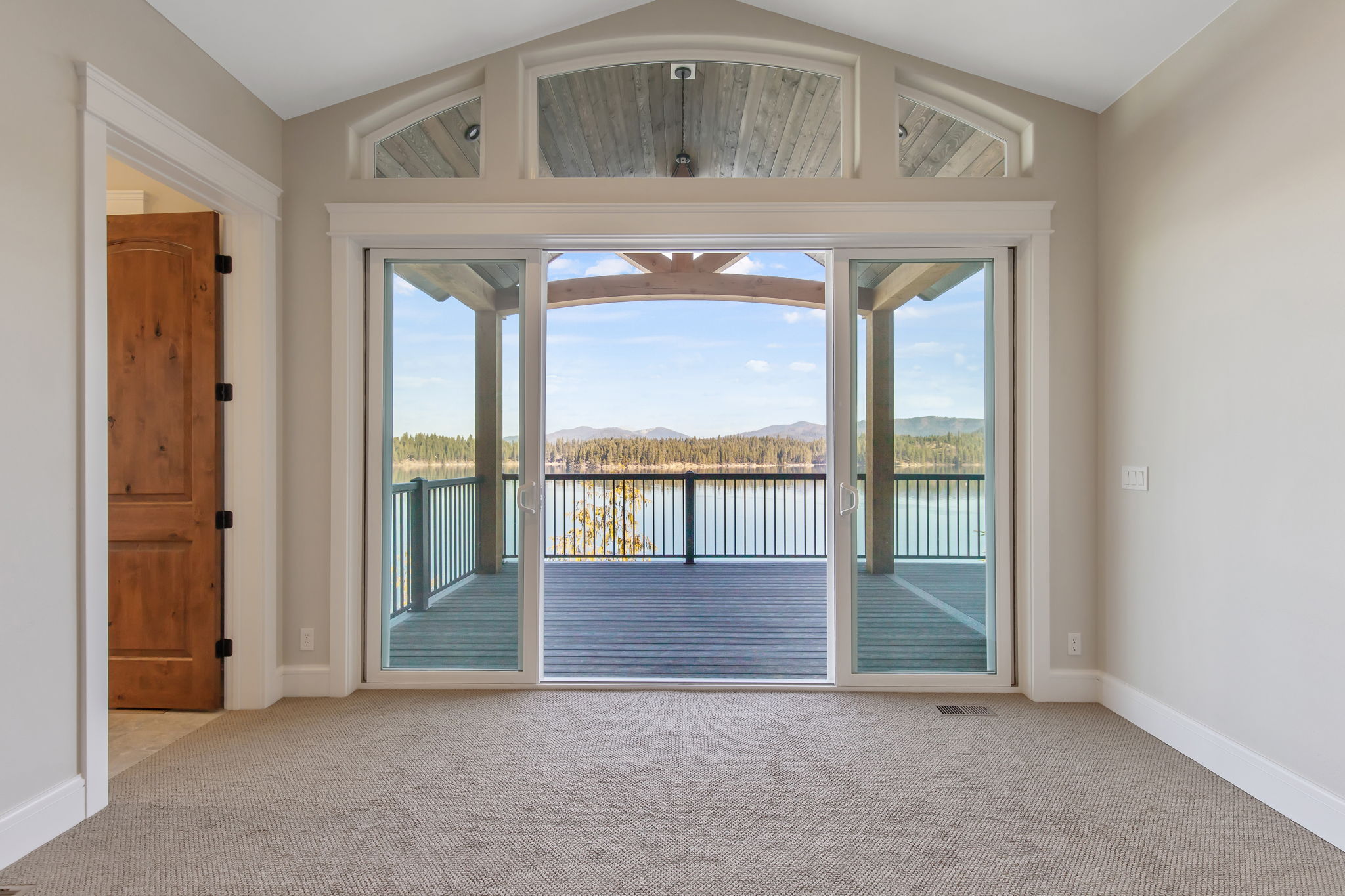Painting a home interior yourself can be a rewarding DIY project, but it often comes with challenges that can lead to mistakes. Here are some of the most common mistakes people make when painting interiors and tips on how to avoid them:
- Skipping Preparation:Painting an entire house requires careful planning and organization, from choosing a color scheme that flows well from room to room to calculating the right amount of paint needed. This planning phase can be time-consuming and requires attention to detail. The preparation involves significant physical effort, including moving furniture, cleaning walls, and repairing surfaces. Tasks like sanding and spackling can be labor-intensive, especially in older homes with more wear and tear. Each step of the preparation, such as cleaning, taping, and priming, can take a lot of time, especially when multiplied across multiple rooms. Waiting for repairs and primer to dry also adds to the timeline, making the process longer than expected.
Achieving a professional finish requires meticulous attention to detail, particularly when taping edges and covering areas that should not be painted.
Any mistakes at this stage can lead to paint bleed or uneven finishes, requiring additional time to correct. Ensuring that all parts of the house are prepped and painted in a logical sequence can be complex. For example, deciding which rooms to tackle first and coordinating drying times across multiple areas requires careful scheduling. Older homes may present unexpected challenges, such as discovering water damage, mold, or wallpaper that needs to be removed. These issues can complicate the preparation process and extend the time and effort required.
While painting itself is often seen as straightforward, proper preparation demands a certain level of skill and knowledge about different materials and techniques, which can be daunting for beginners.
- Using the Wrong Tools:
- Mistake: Using cheap brushes or rollers that shed fibers.
- Solution: Invest in high-quality brushes and rollers that are appropriate for the type of paint you’re using (e.g., foam rollers for smooth surfaces, woven rollers for textured surfaces).
- Not Using Primer:
- Mistake: Painting directly on a new surface or a dramatically different color without a primer.
- Solution: Use a primer to ensure better paint adhesion, durability, and color coverage. Some paints come with primer included, but for significant color changes or bare walls, a separate primer is advisable.
- Choosing the Wrong Paint Finish:
- Mistake: Selecting a finish that is not suitable for the room’s purpose or conditions (e.g., flat paint in a high-moisture bathroom).
- Solution: Use flat or matte finishes for low-traffic areas and ceilings, eggshell or satin for living rooms and bedrooms, and semi-gloss or gloss for kitchens and bathrooms due to their durability and ease of cleaning.
- Ignoring Paint Drying Times:
- Mistake: Applying additional coats too soon, leading to uneven texture and color.
- Solution: Follow the paint manufacturer’s instructions on drying times between coats. This helps ensure a smooth, even finish.
- Overlapping Paint on Wet Edges:
- Mistake: Allowing the painted edge to dry before continuing, which can cause lap marks.
- Solution: Maintain a “wet edge” by working in small sections and overlapping each new stroke with the previous wet paint.
- Neglecting Proper Ventilation:
- Mistake: Painting in a poorly ventilated area, which can lead to strong odors and slow drying times.
- Solution: Open windows and doors to improve air circulation. Use fans if necessary to keep the air moving.
- Underestimating Paint Needs:
- Mistake: Running out of paint mid-project or buying too much paint.
- Solution: Measure your space accurately and use a paint calculator to estimate the amount needed. It’s usually better to buy a little extra than not enough.
- Painting in Poor Lighting:
- Mistake: Working in dim light can lead to missed spots and uneven coverage.
- Solution: Paint during daylight hours or use bright artificial lighting to ensure you can see the true color and coverage.
- Forgetting to Stir the Paint:
- Mistake: Using paint that hasn’t been properly mixed, leading to inconsistent color.
- Solution: Stir paint thoroughly before starting and periodically during the project to maintain a consistent color.
Avoiding these common mistakes can help you achieve a professional-looking finish when painting your home interior. Planning ahead and taking your time can make the process smoother and more satisfying.
